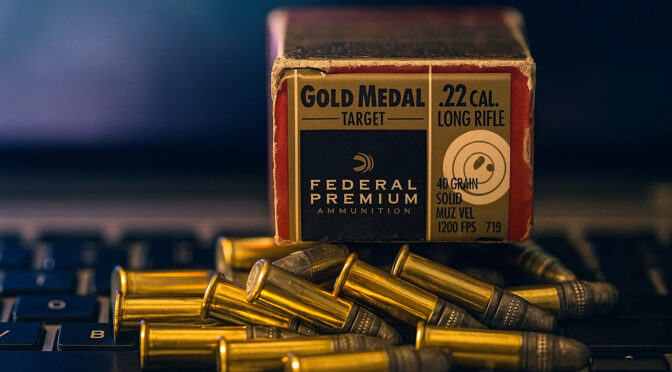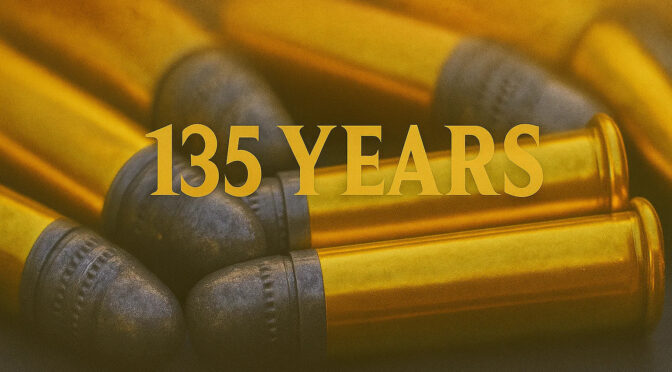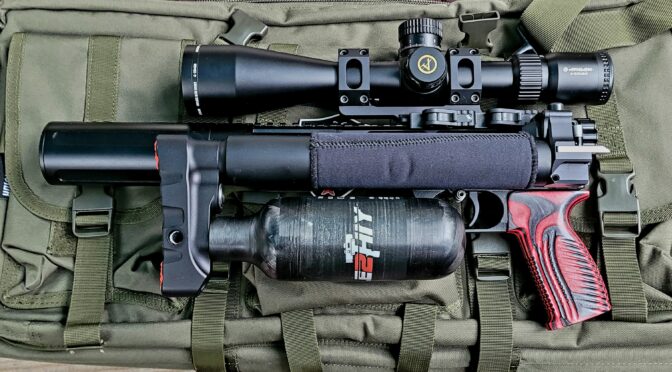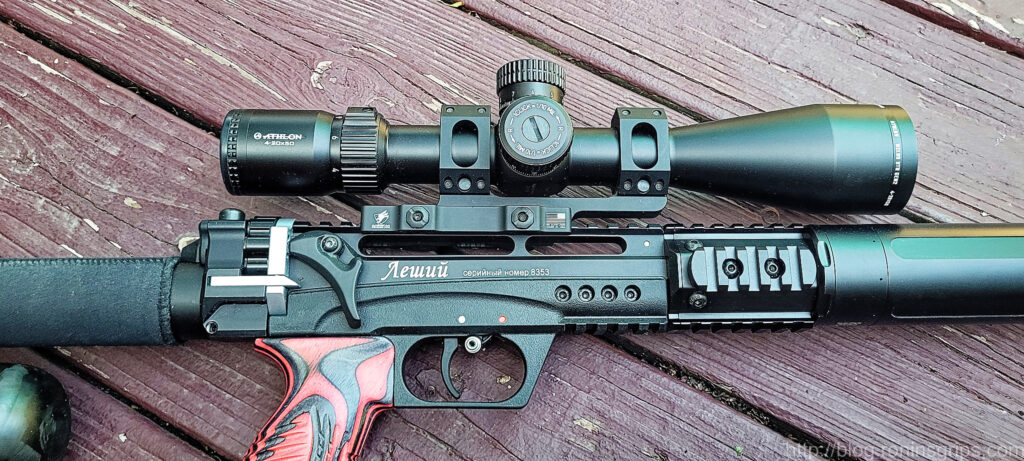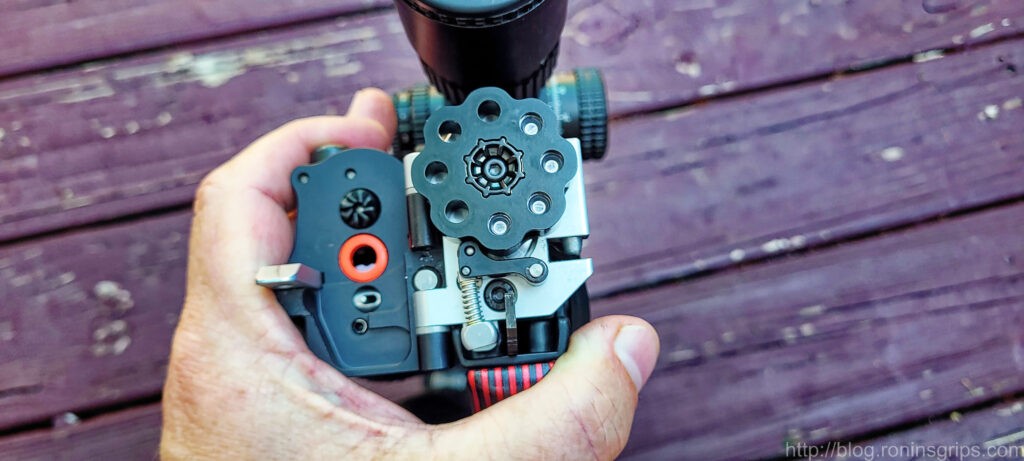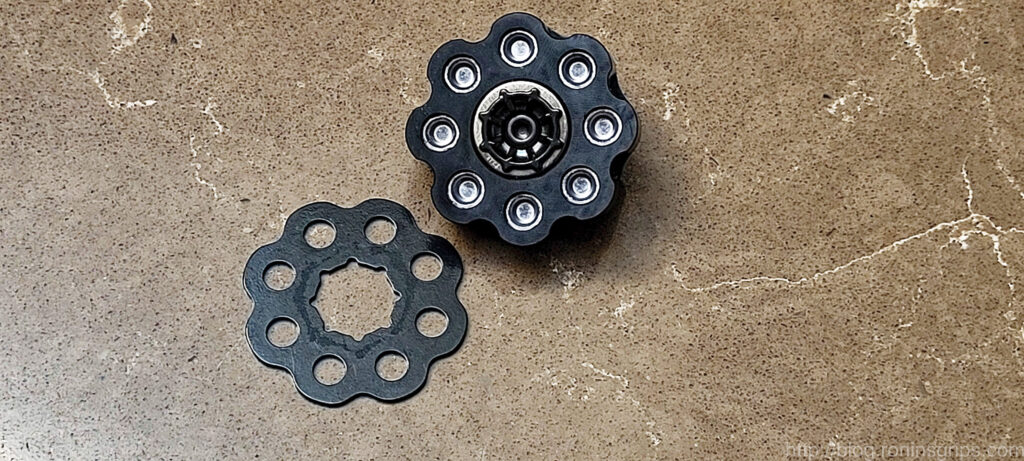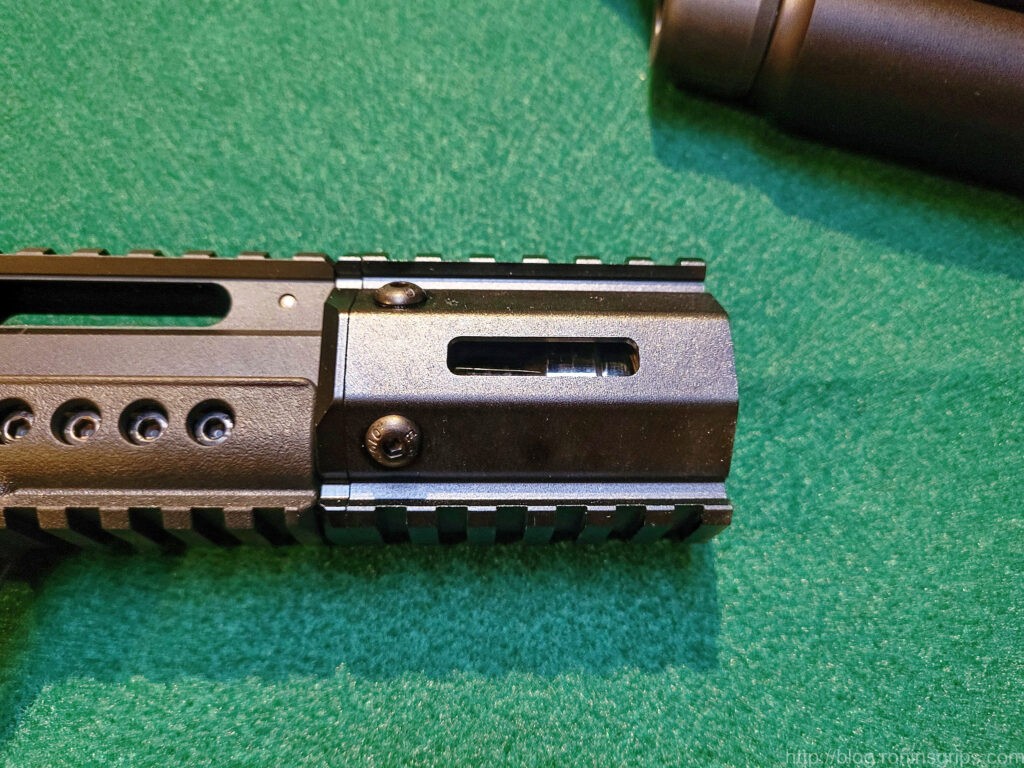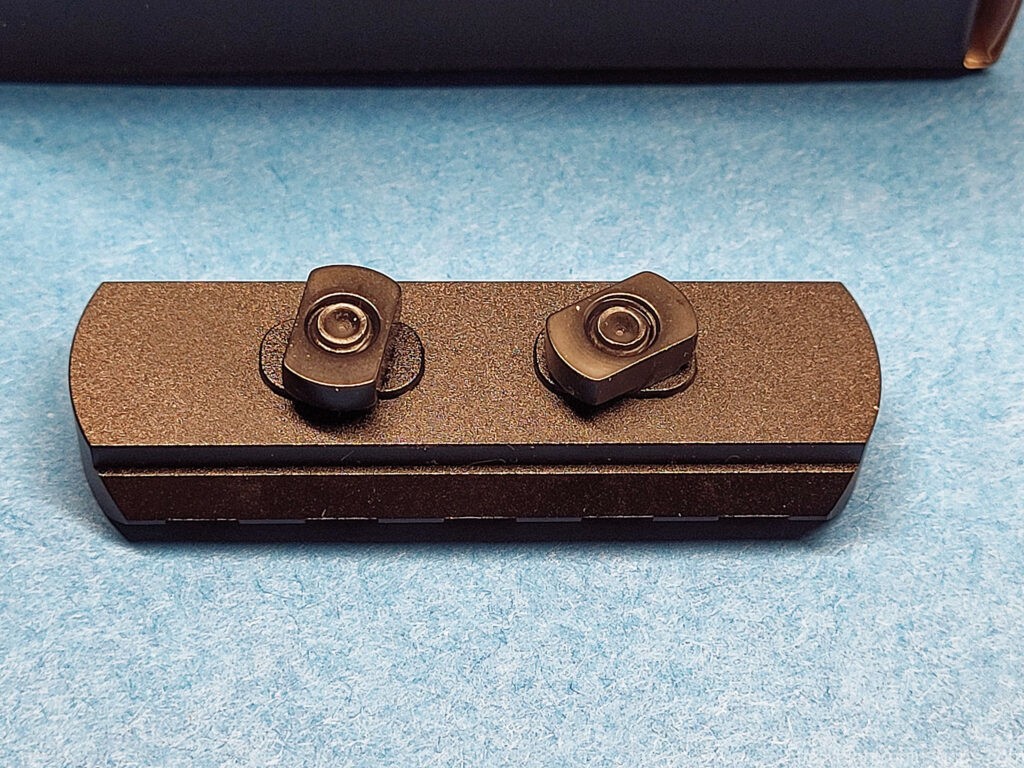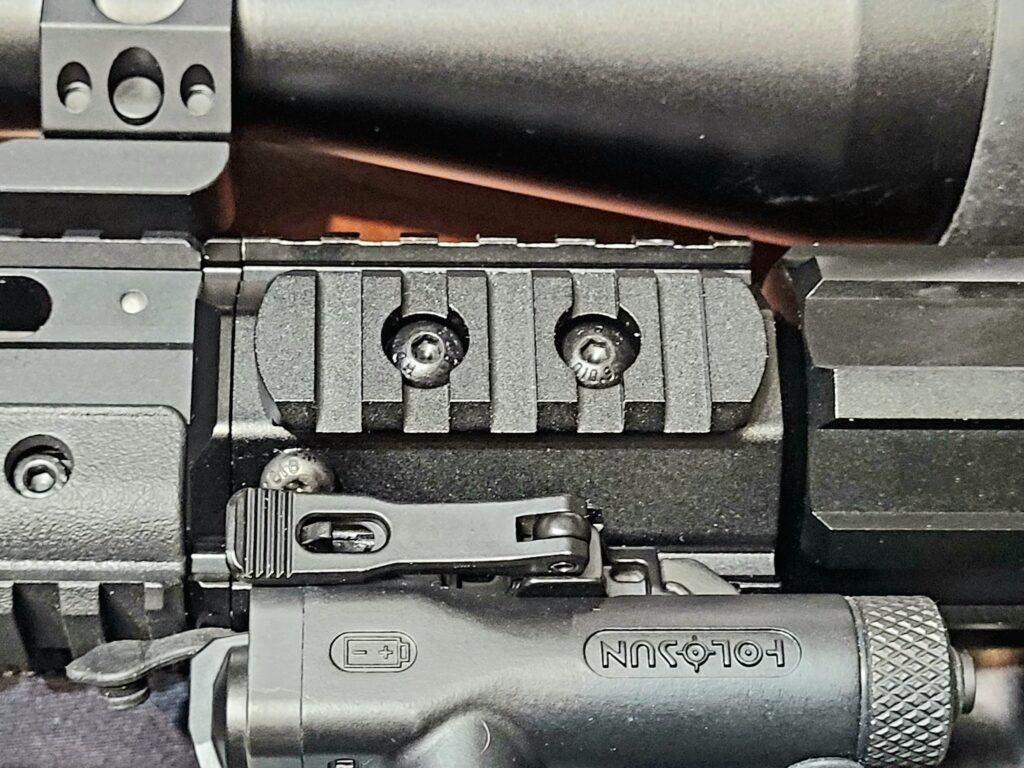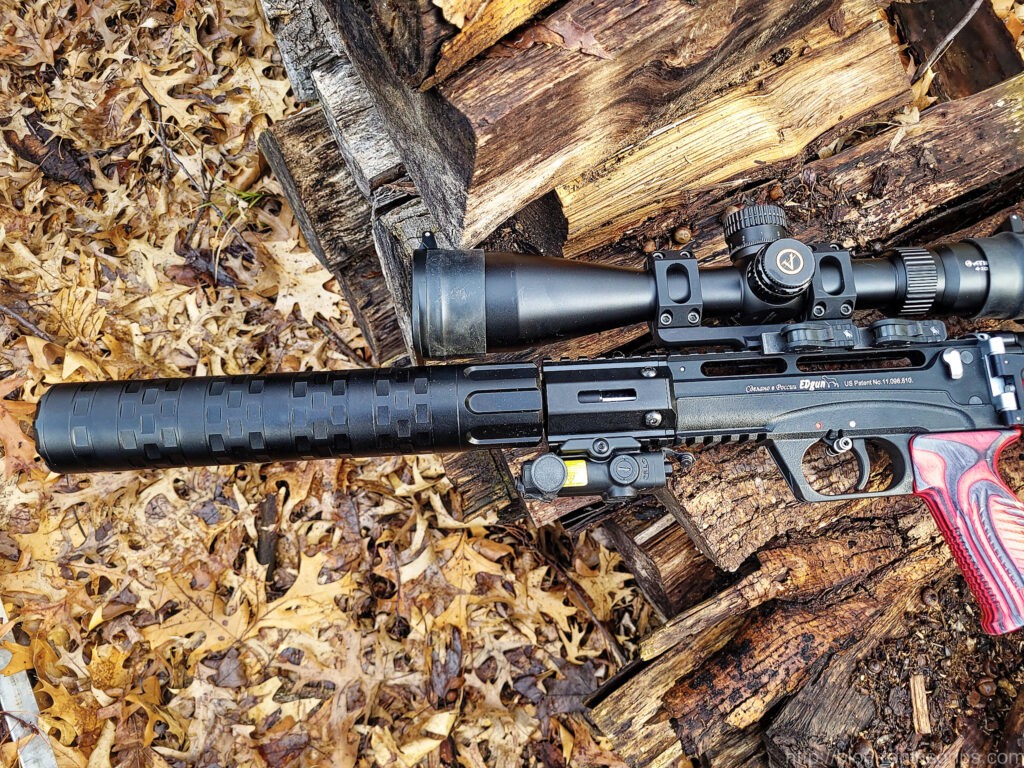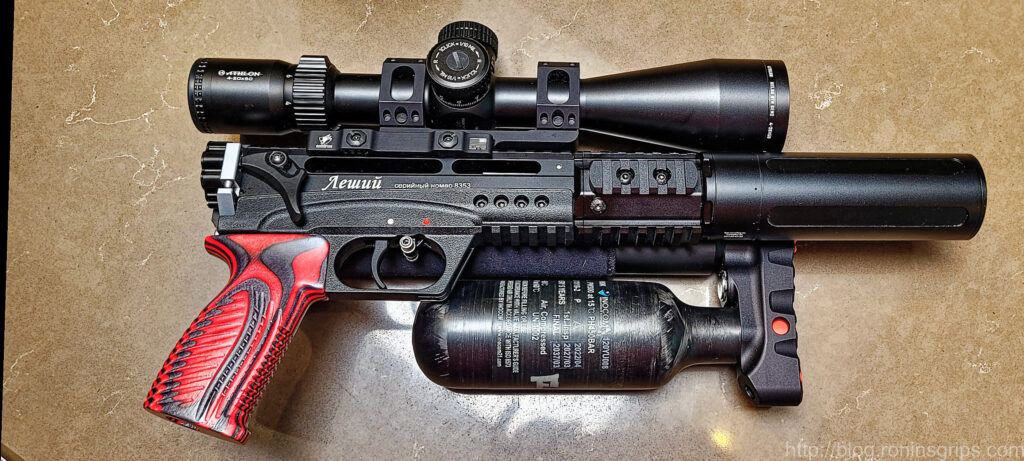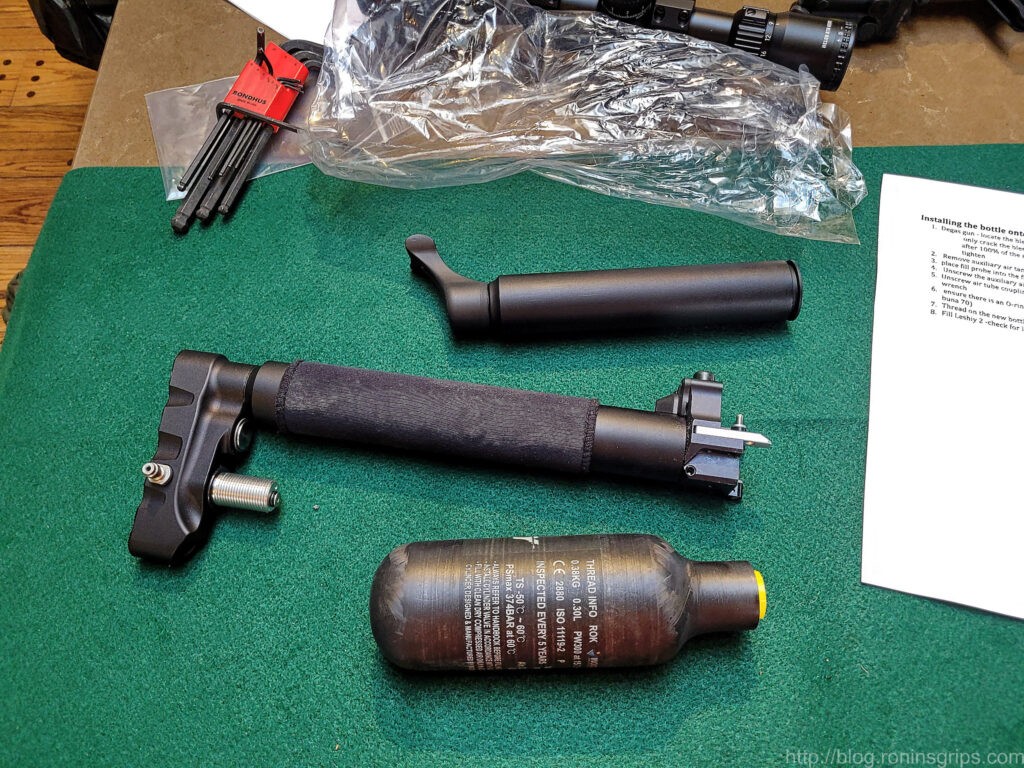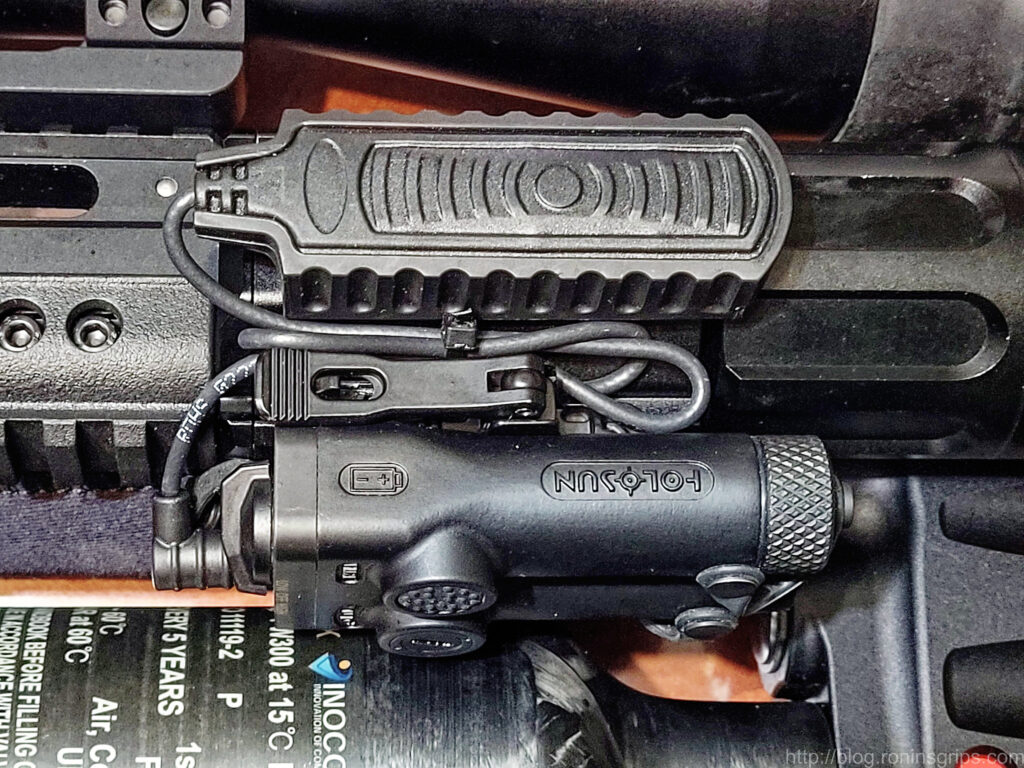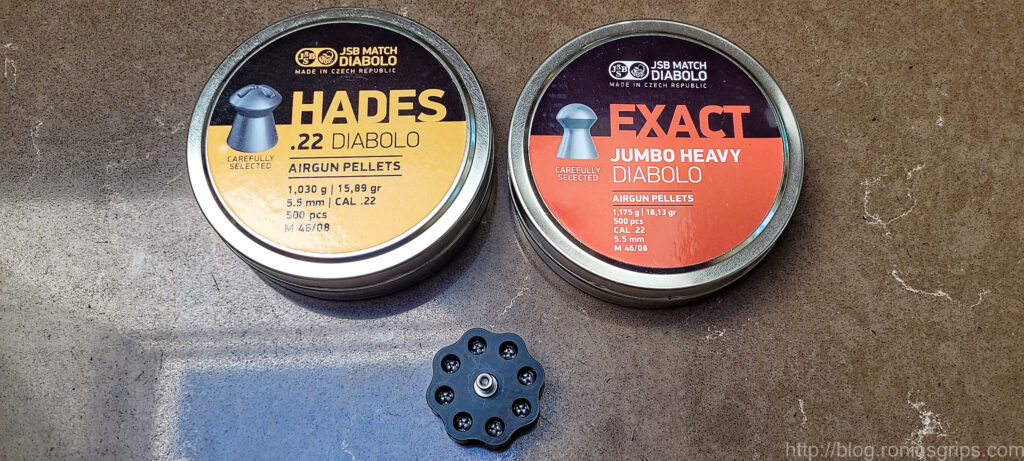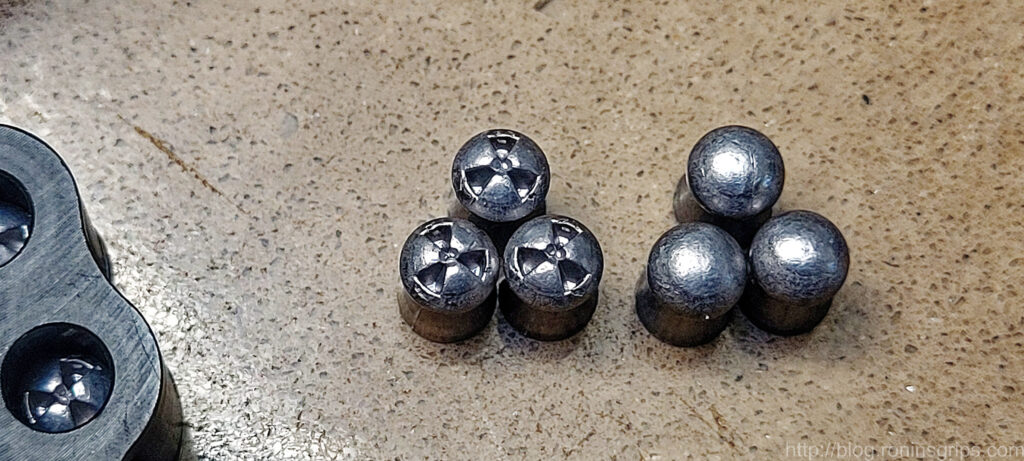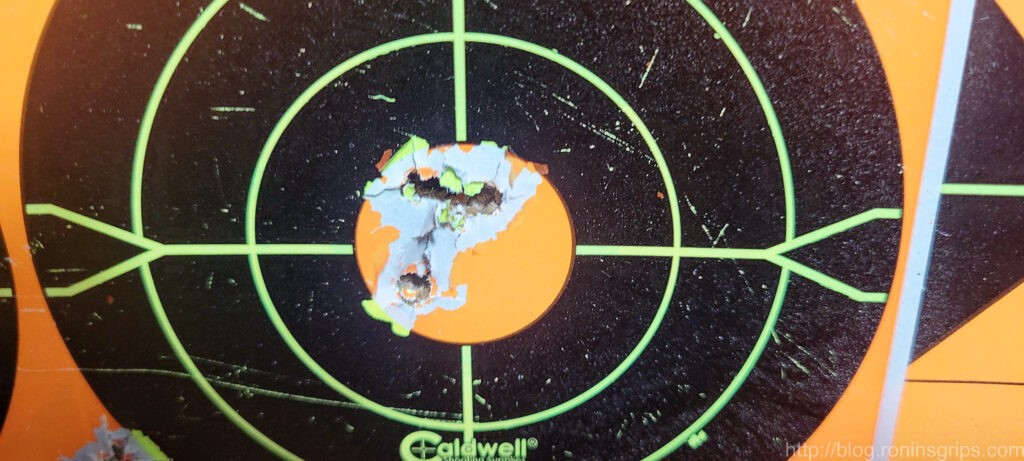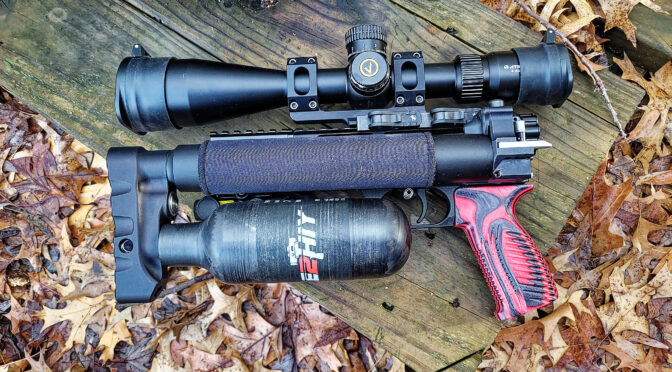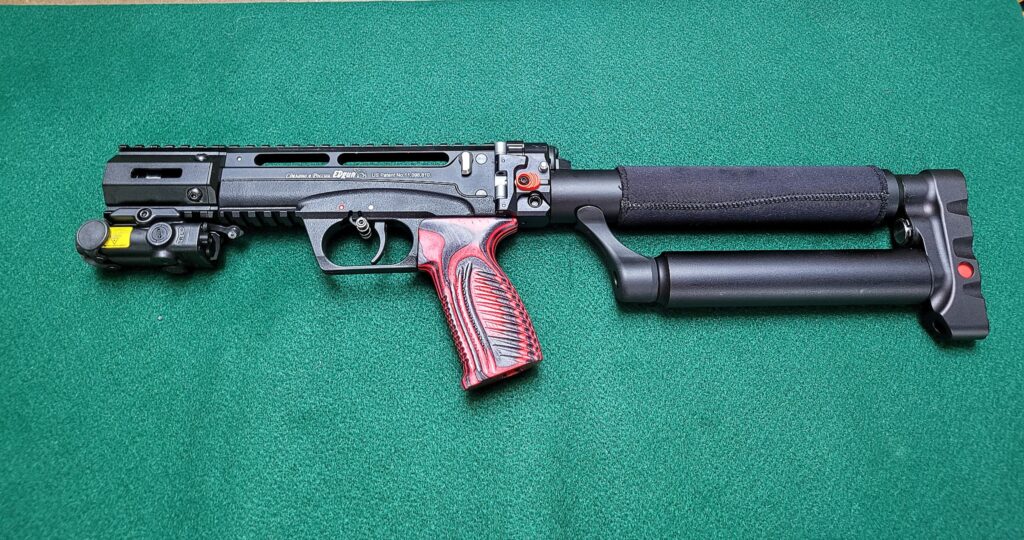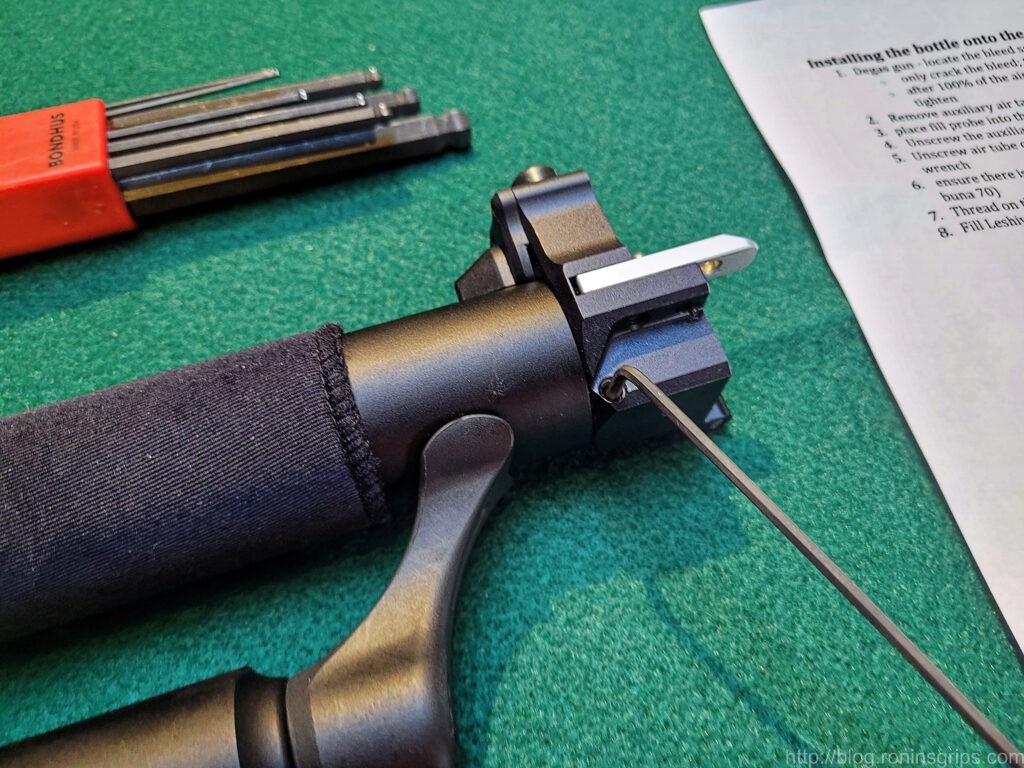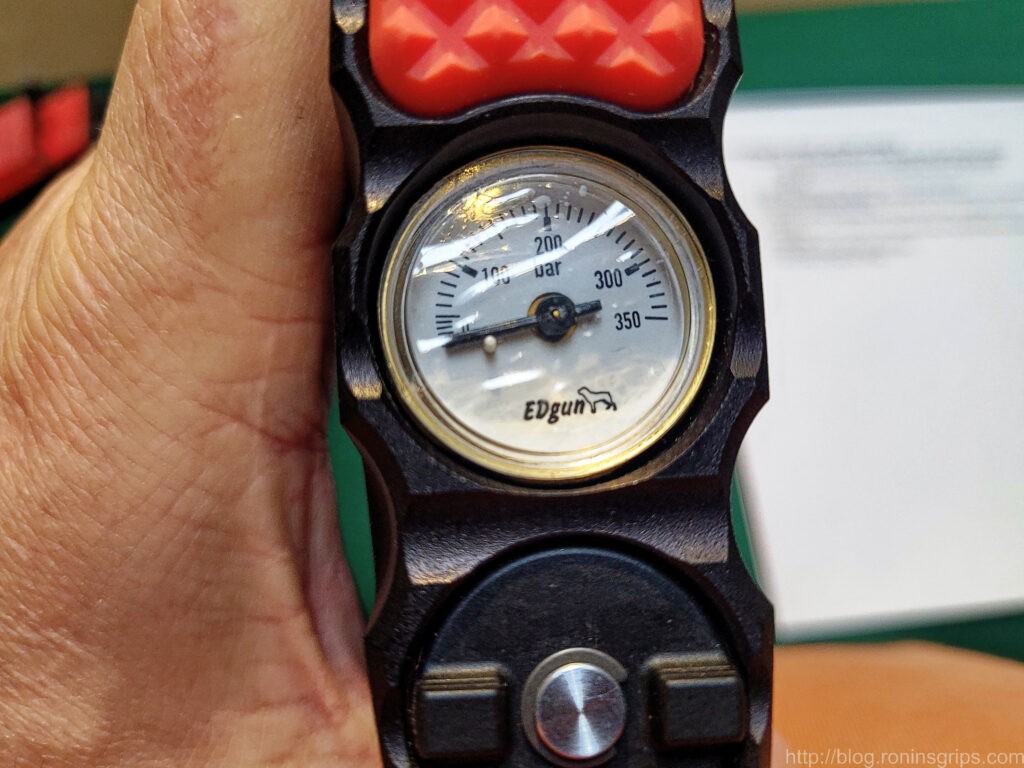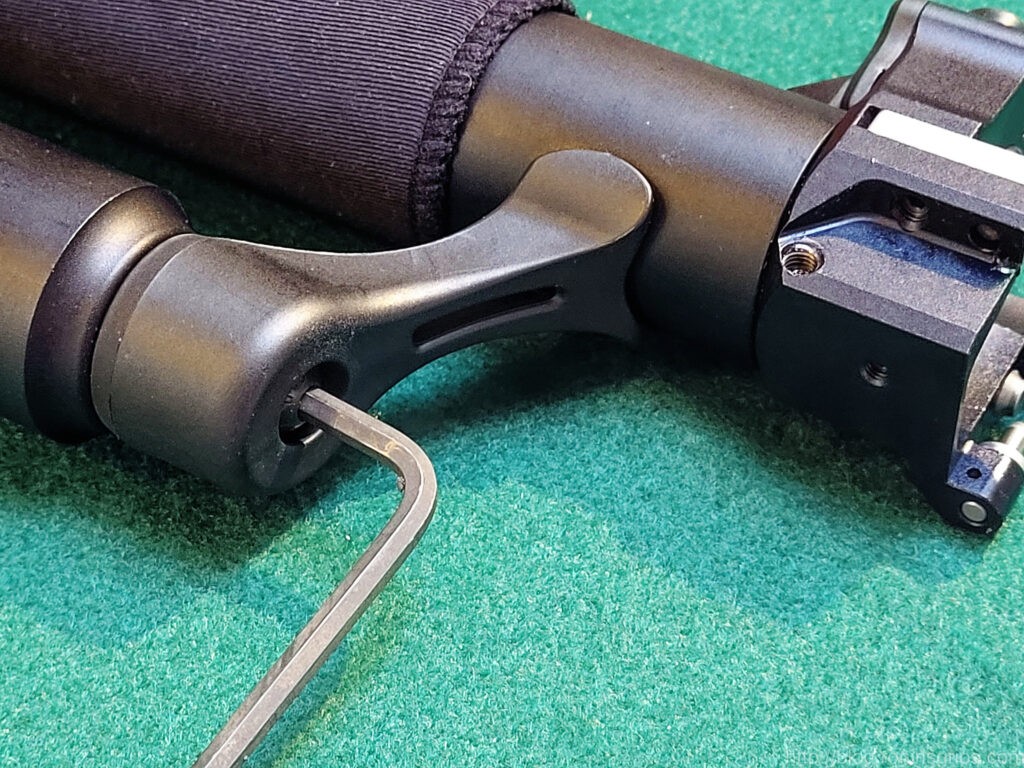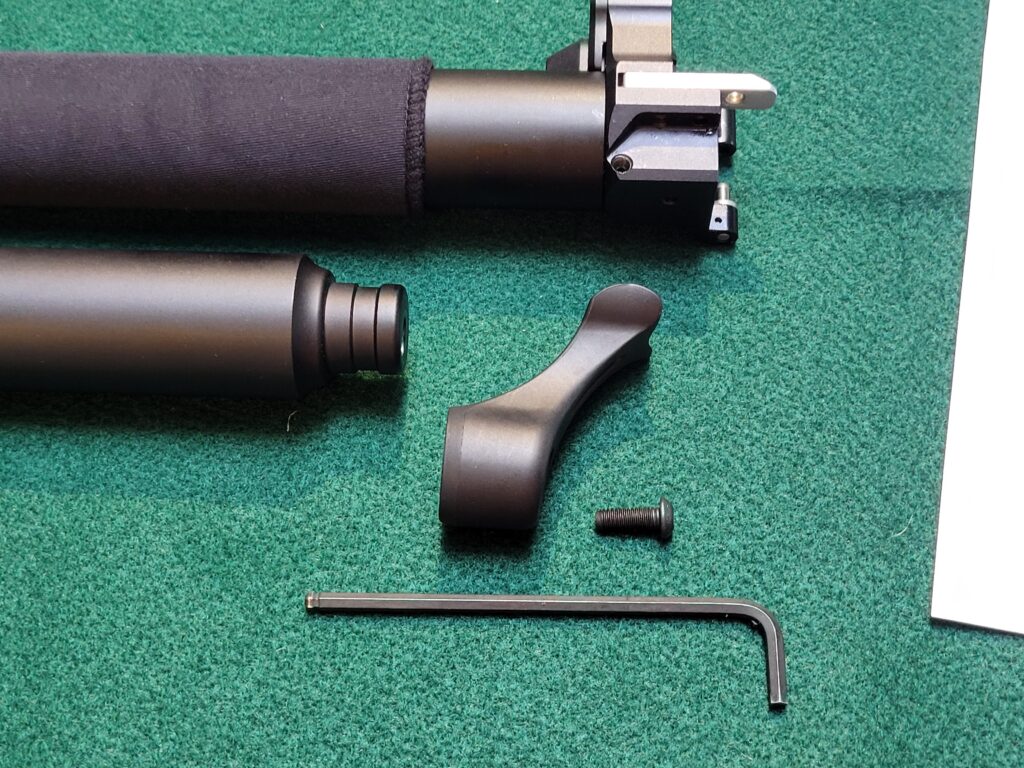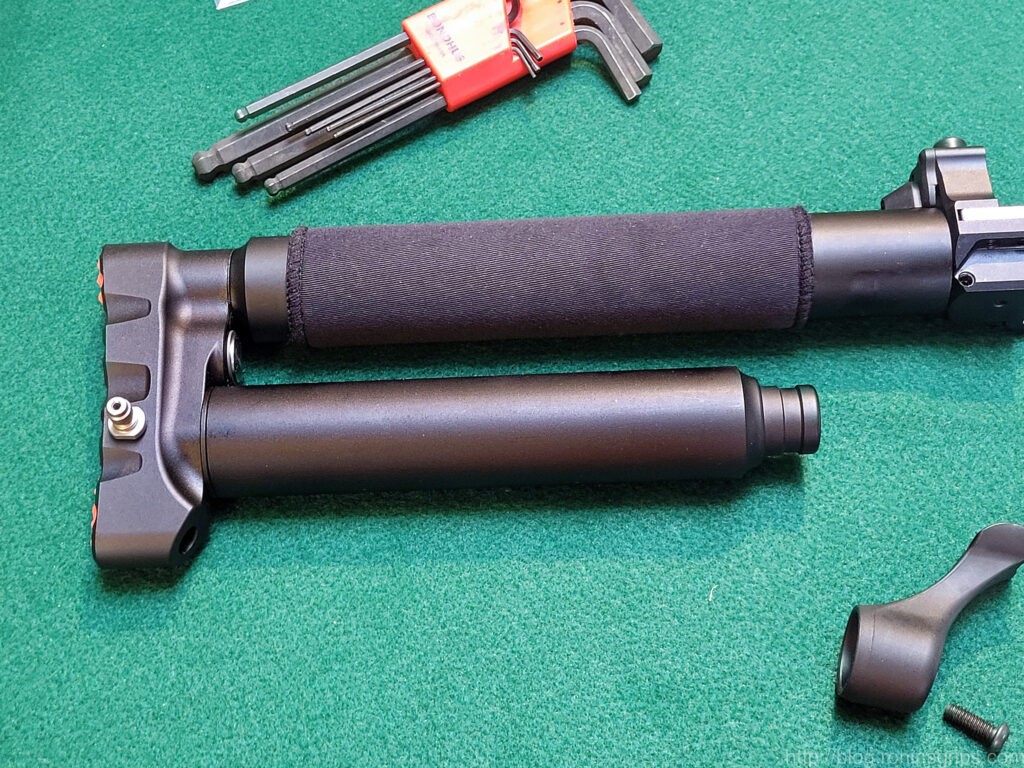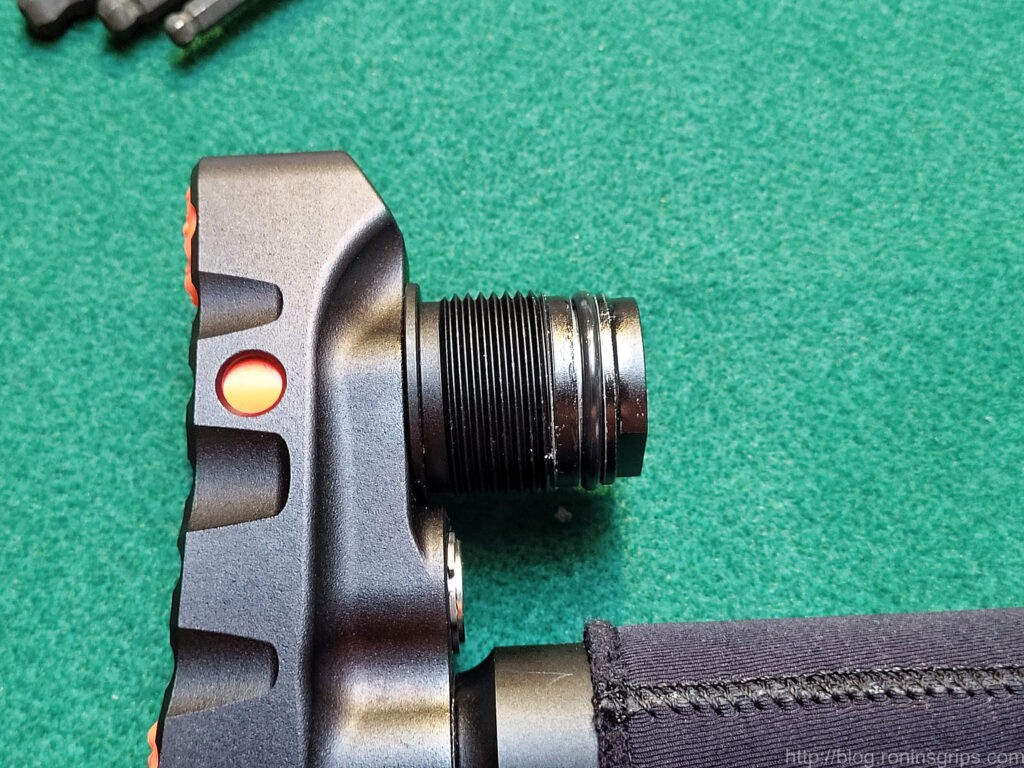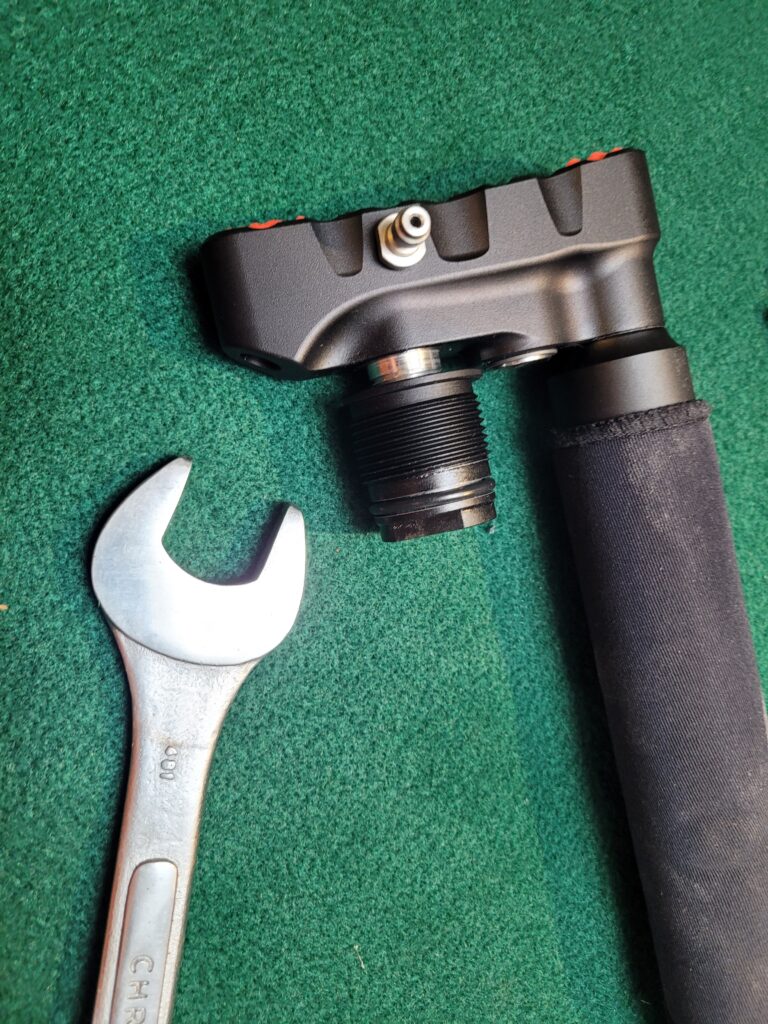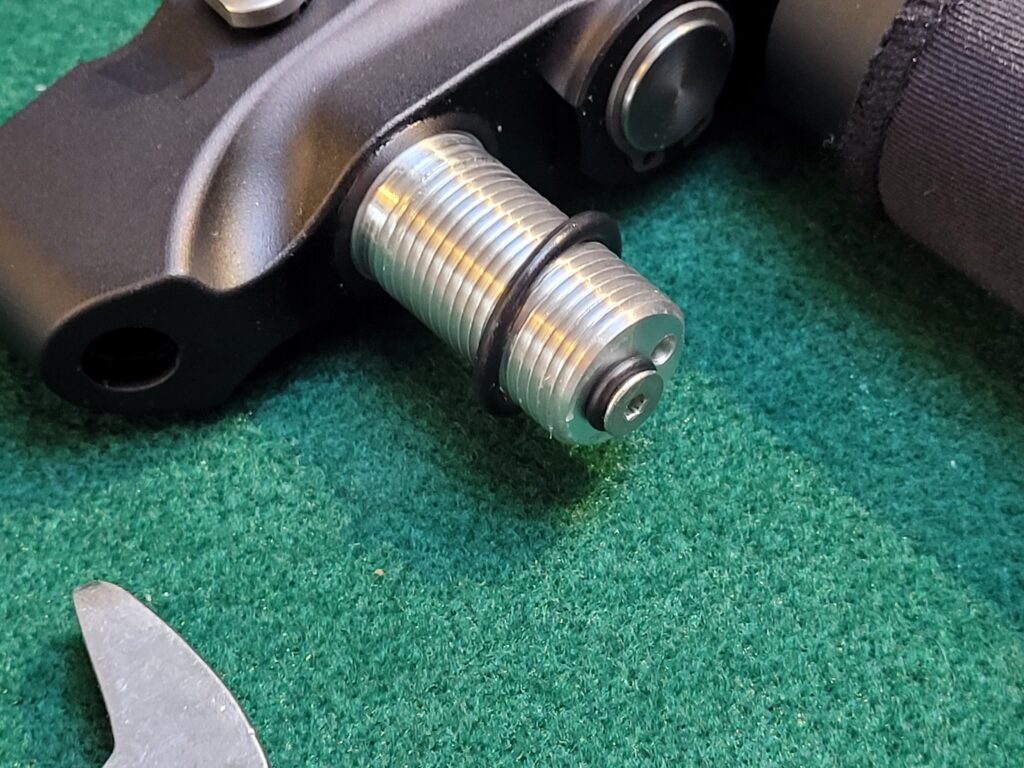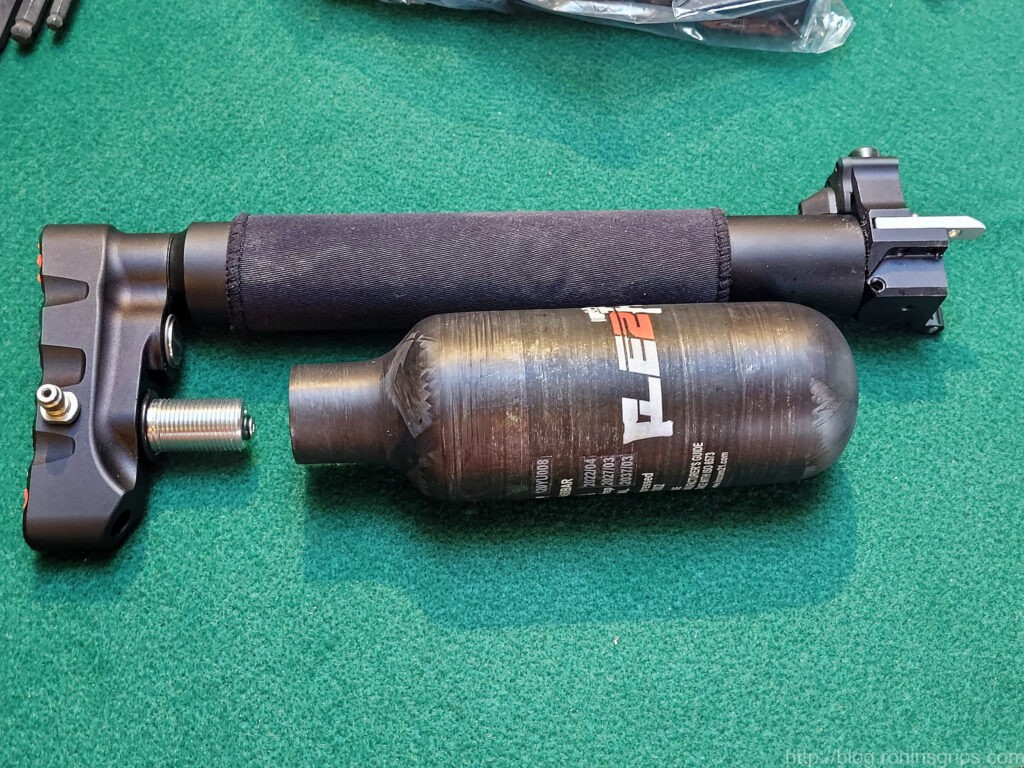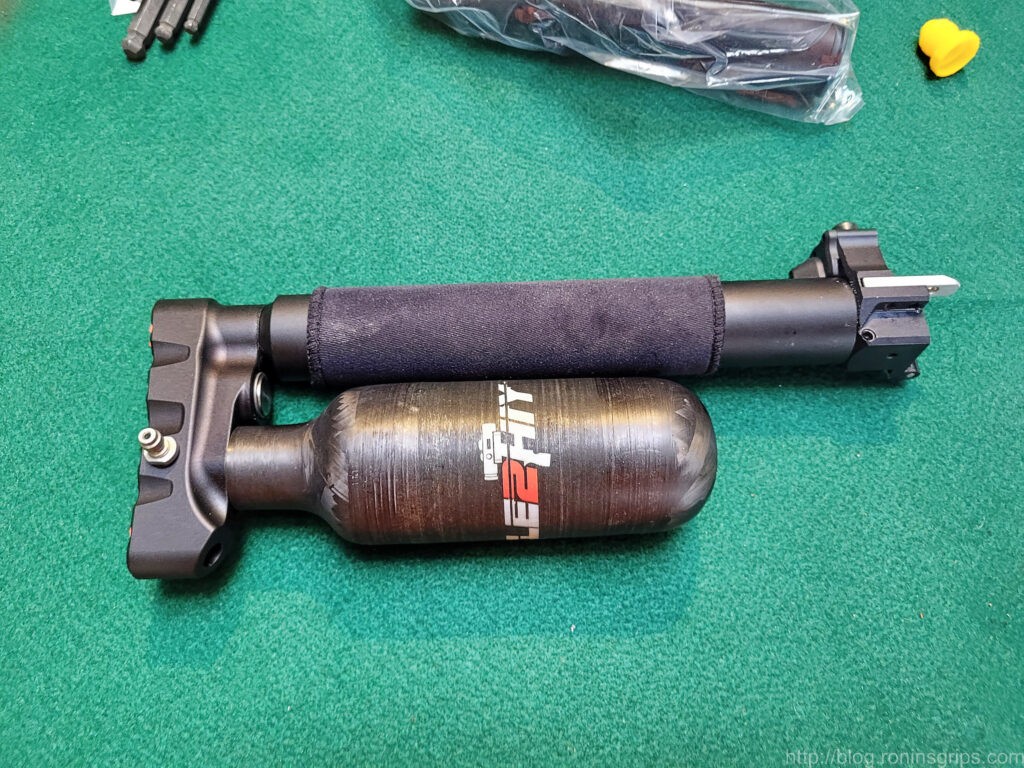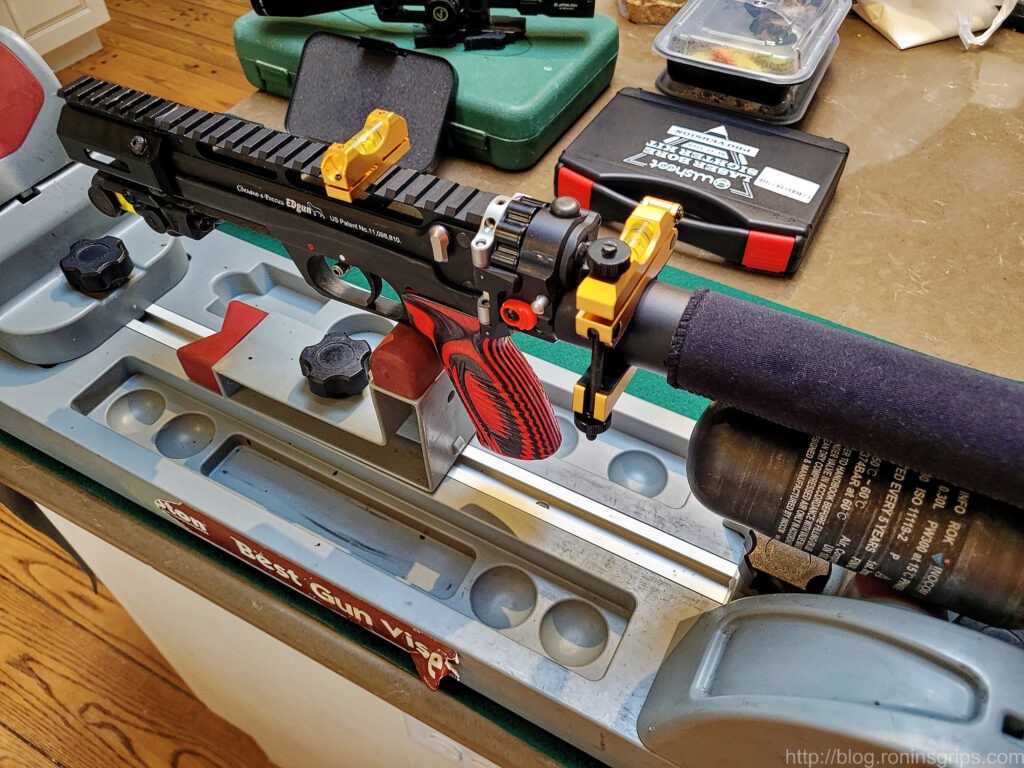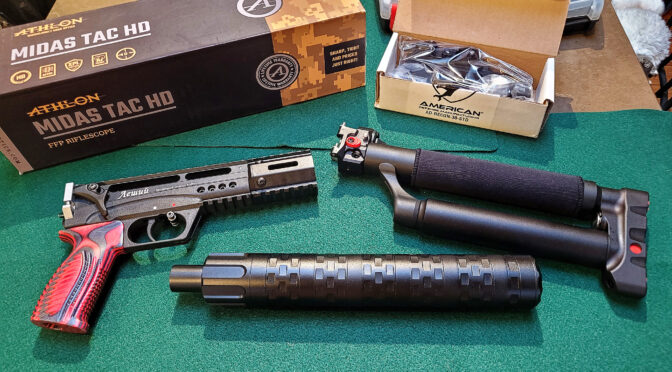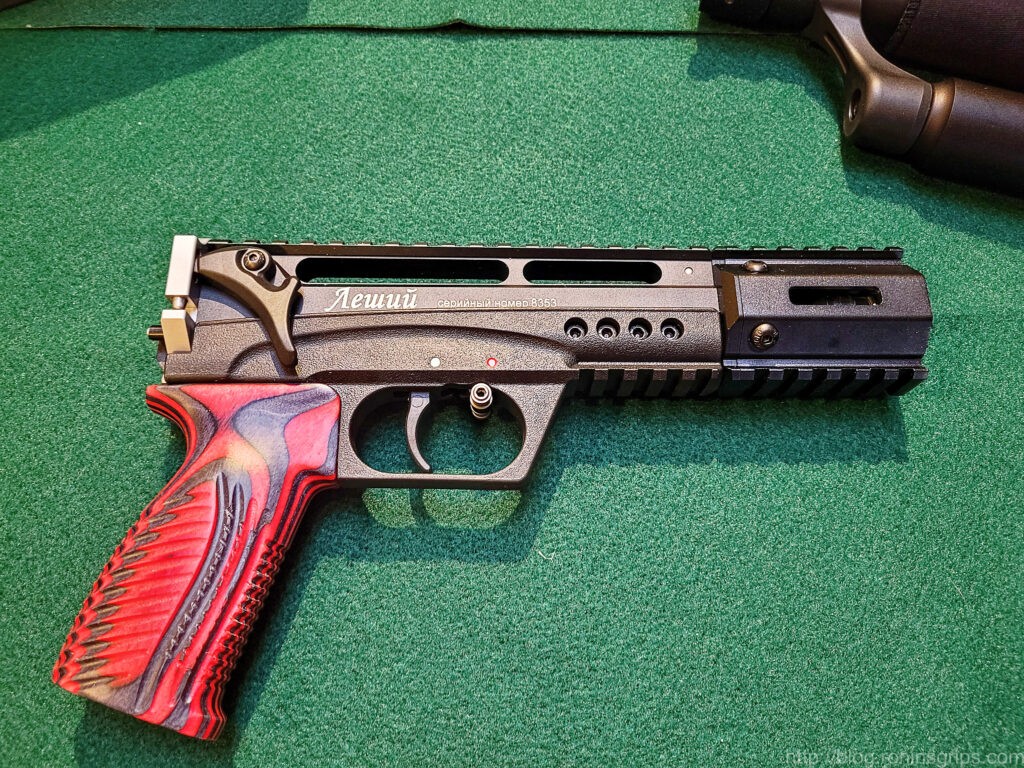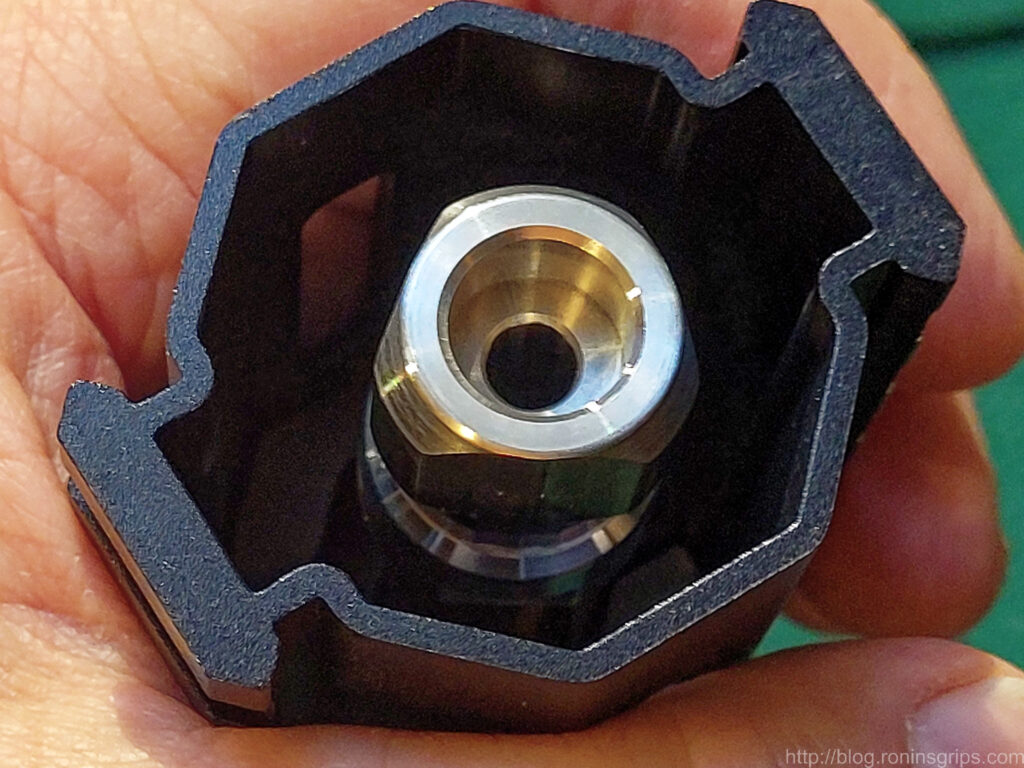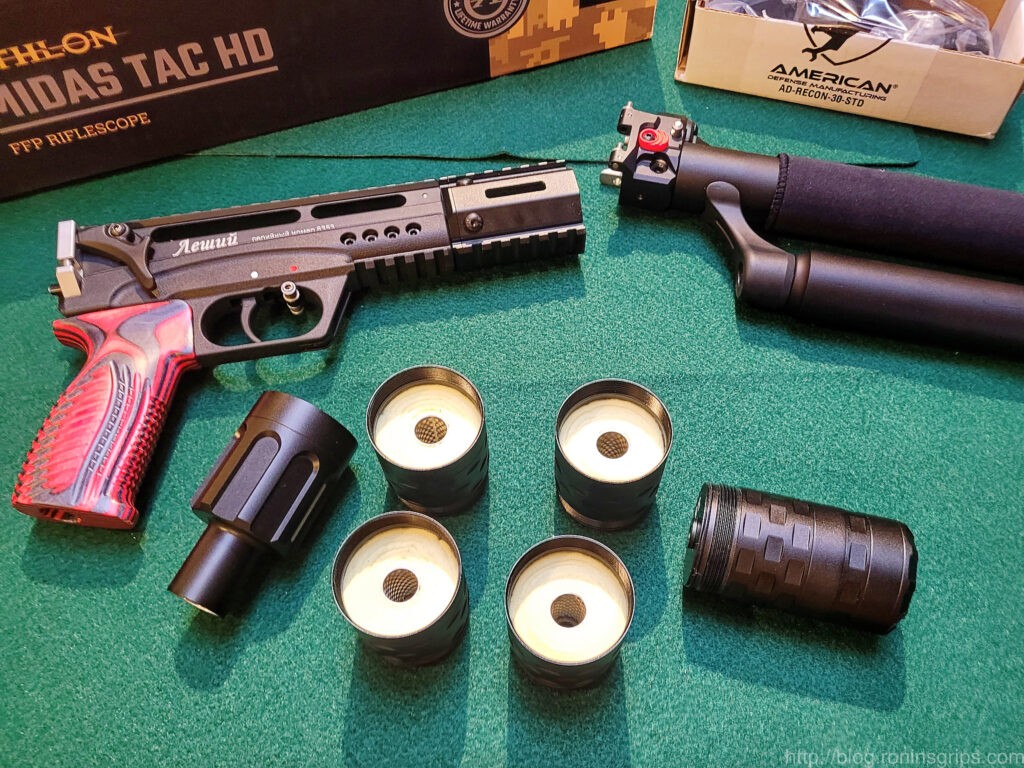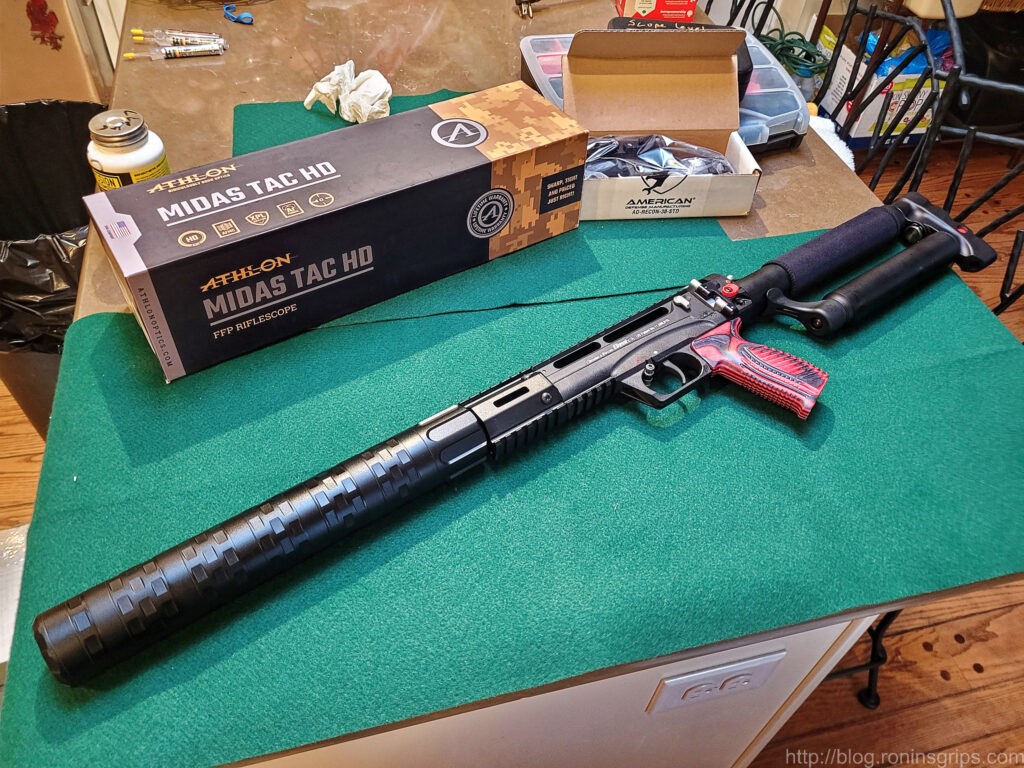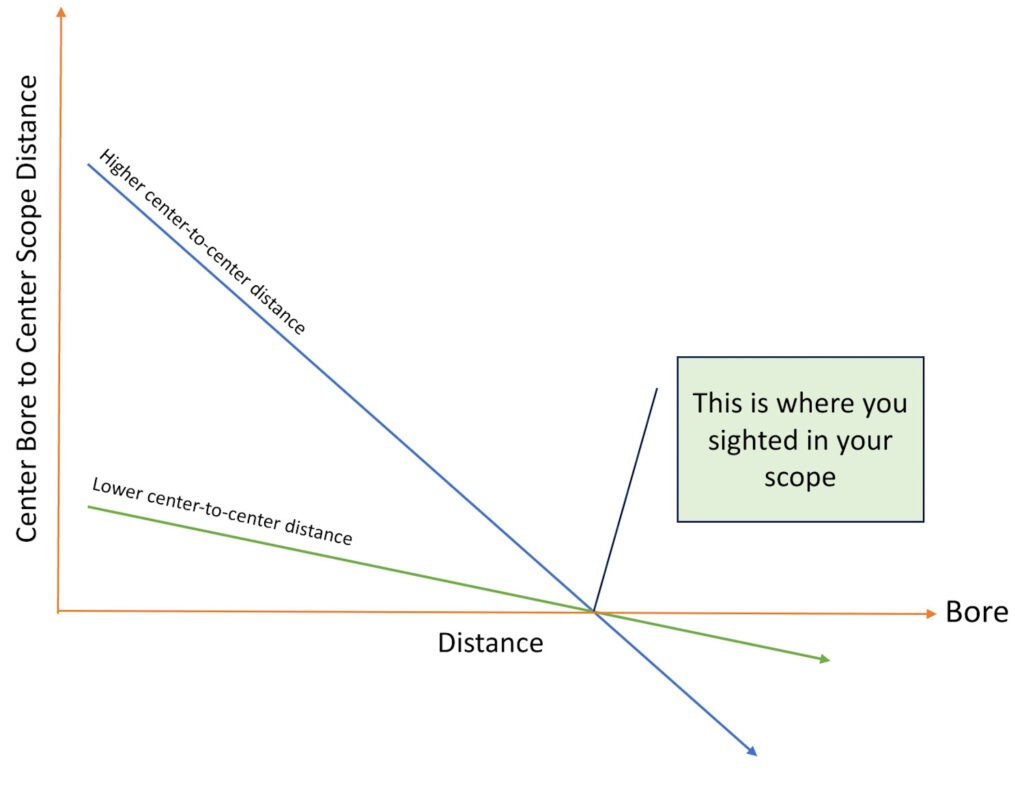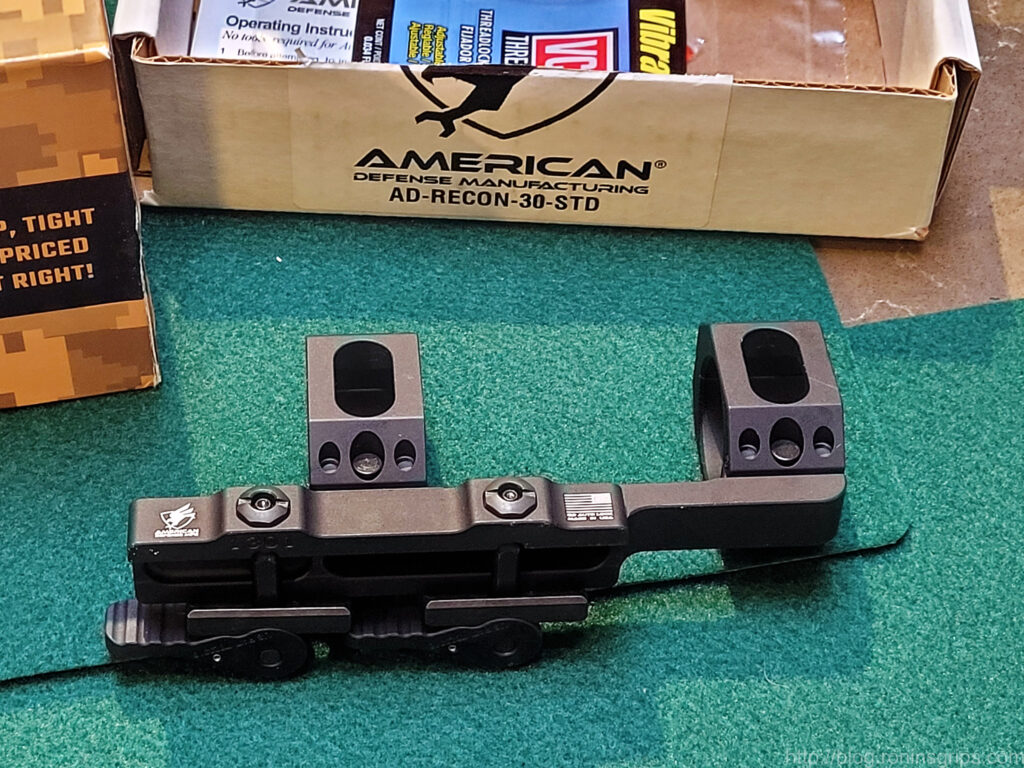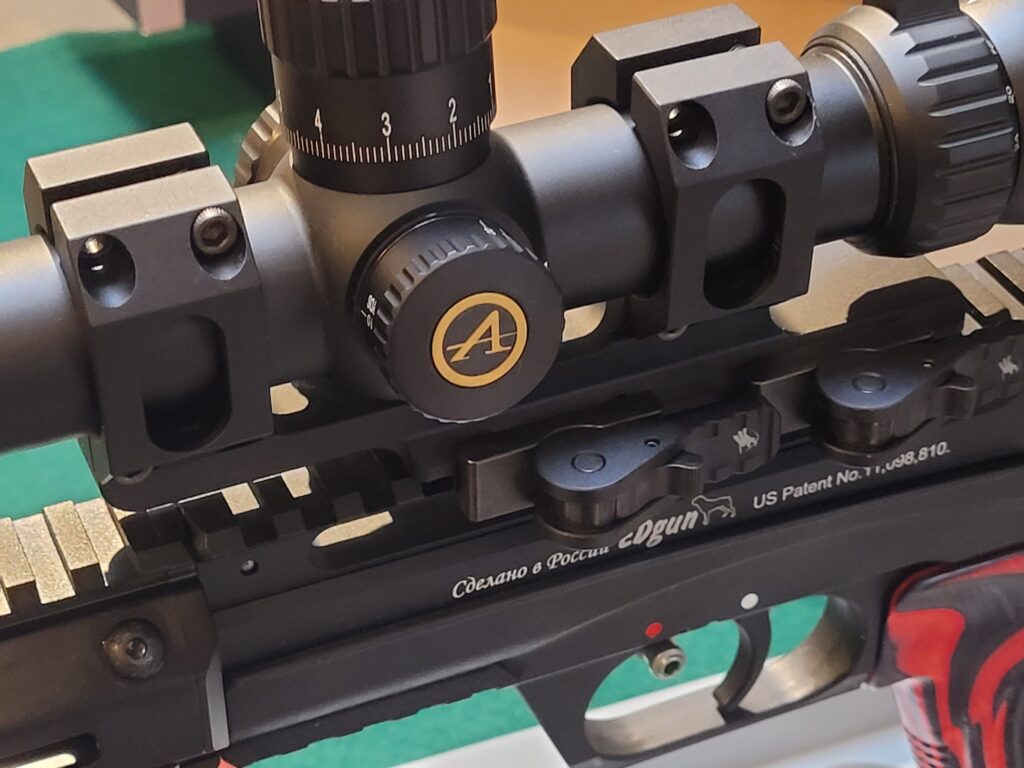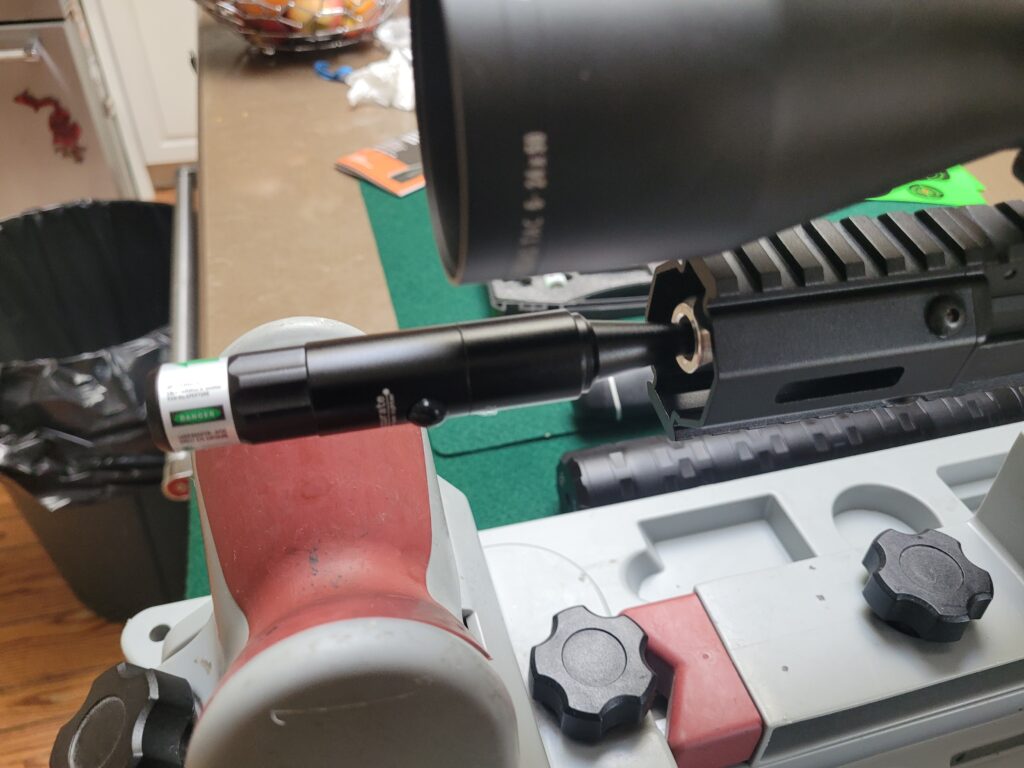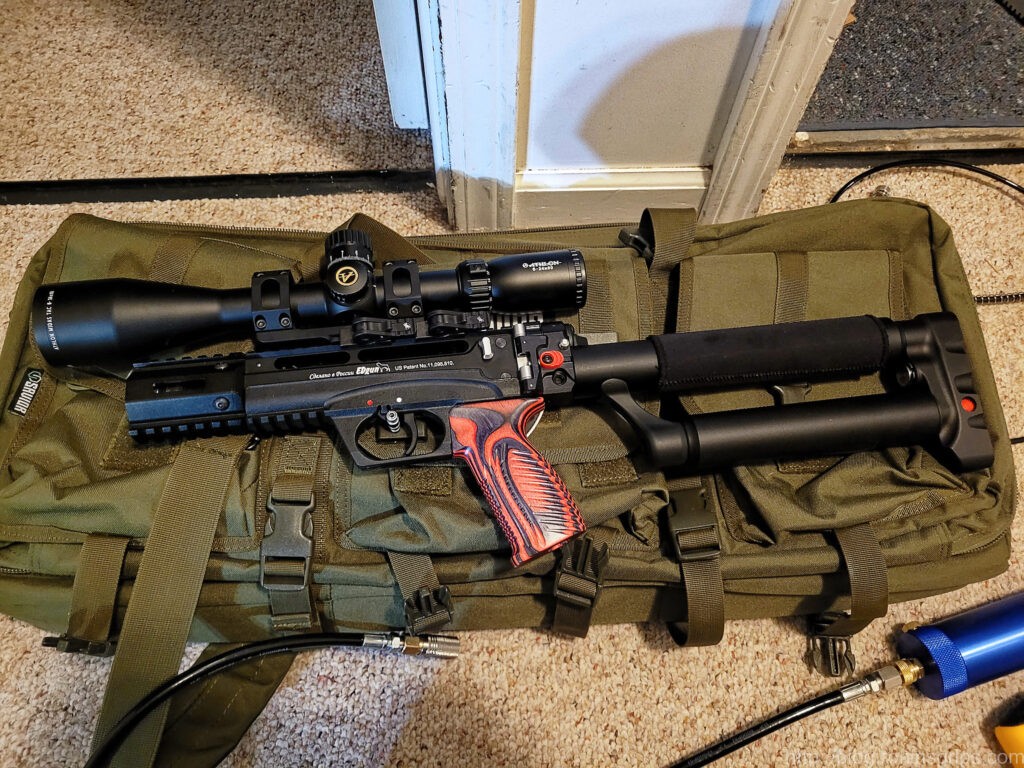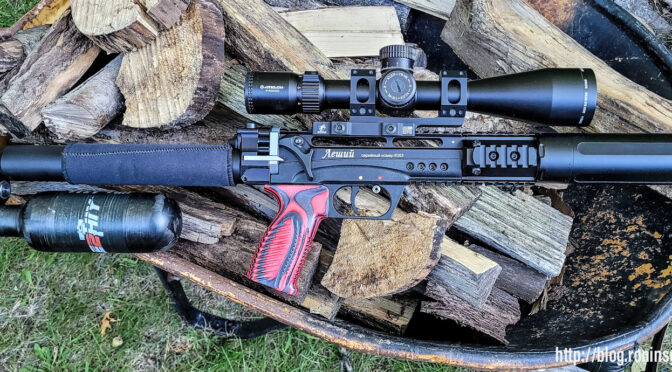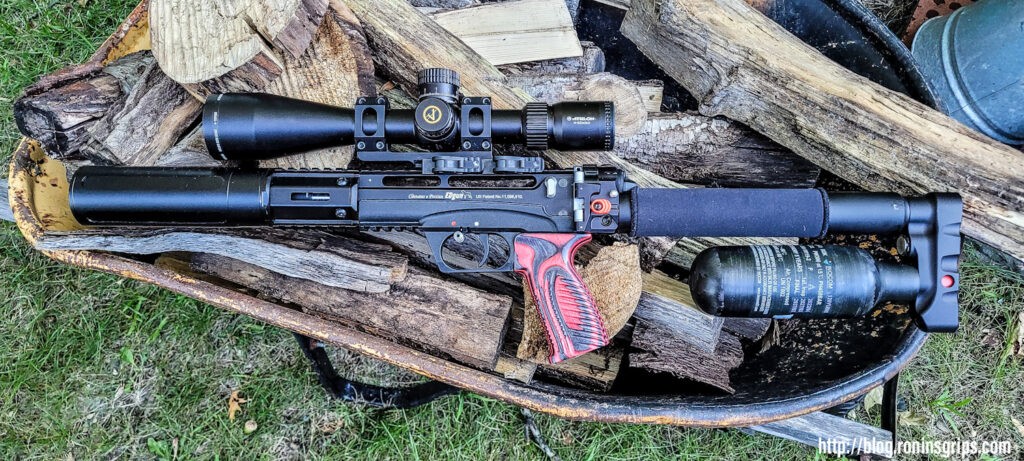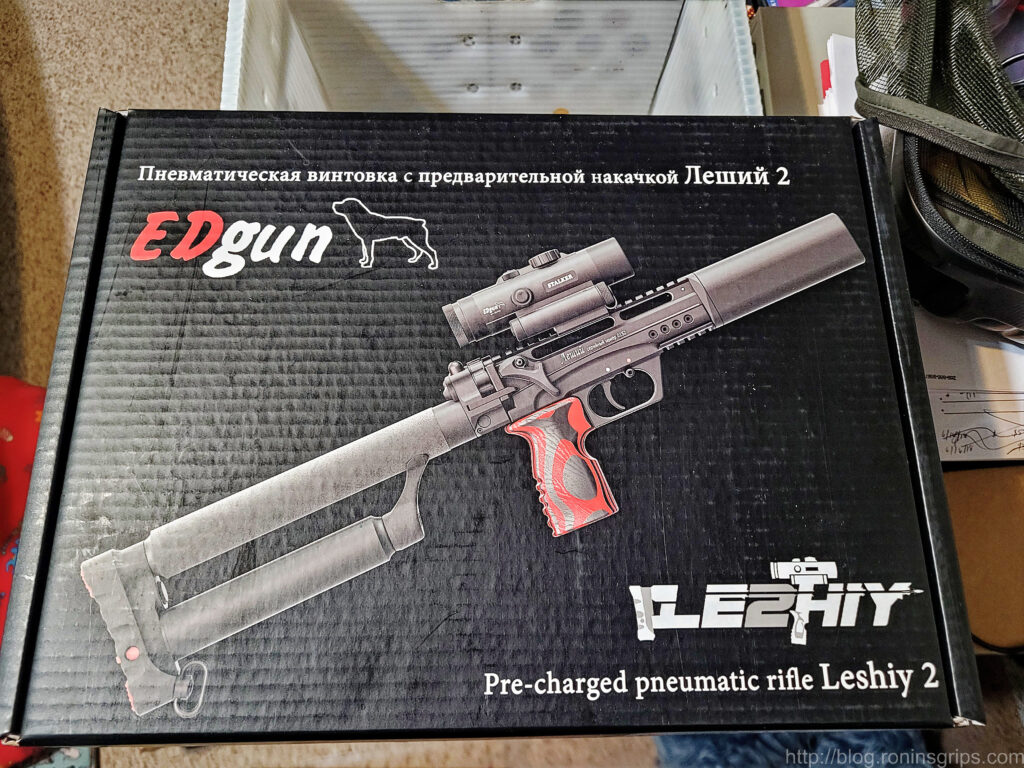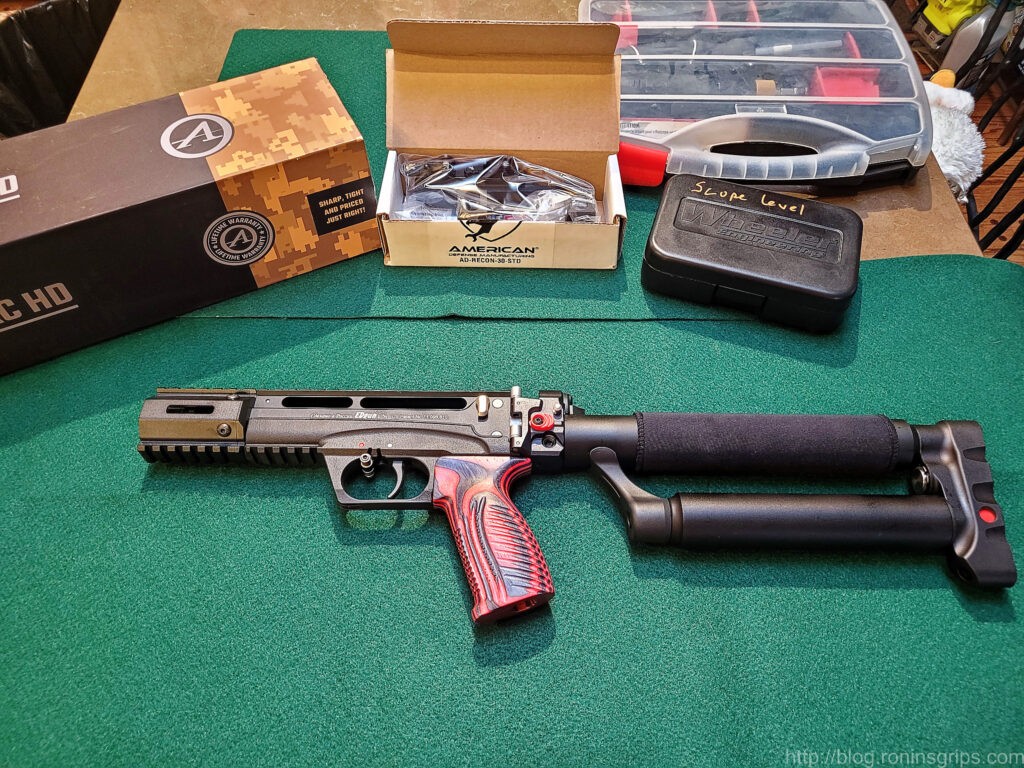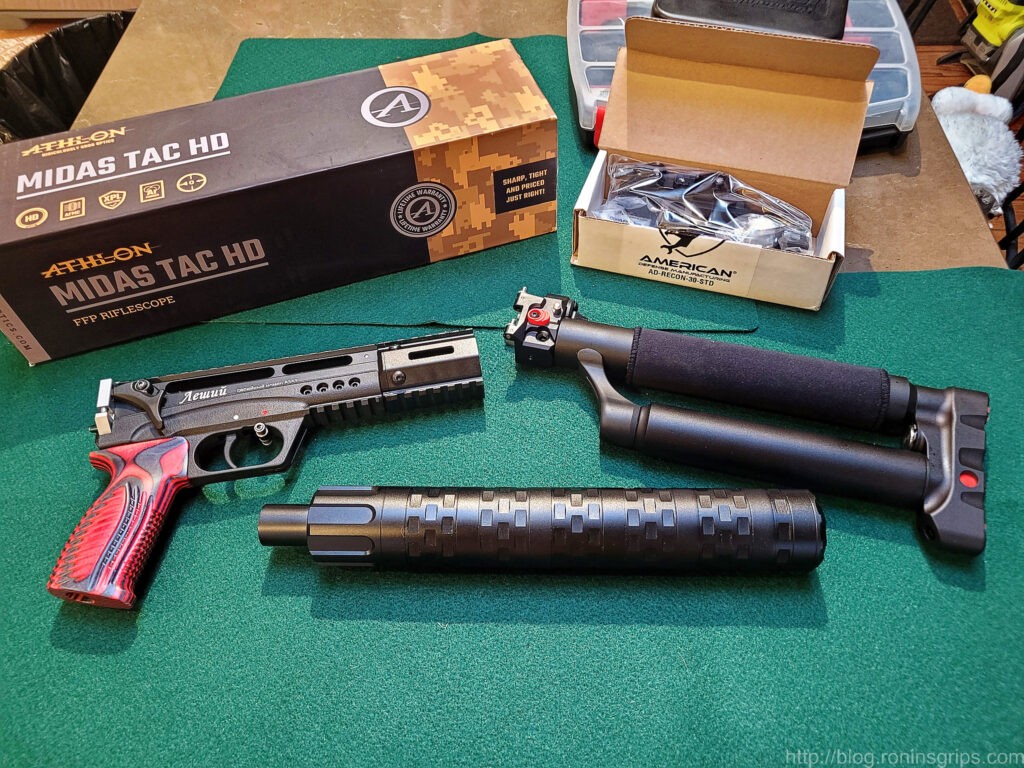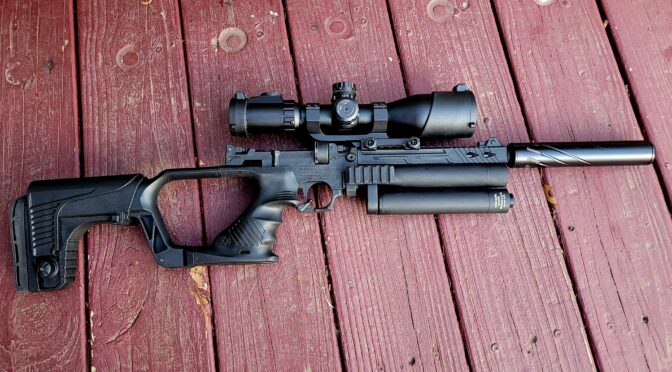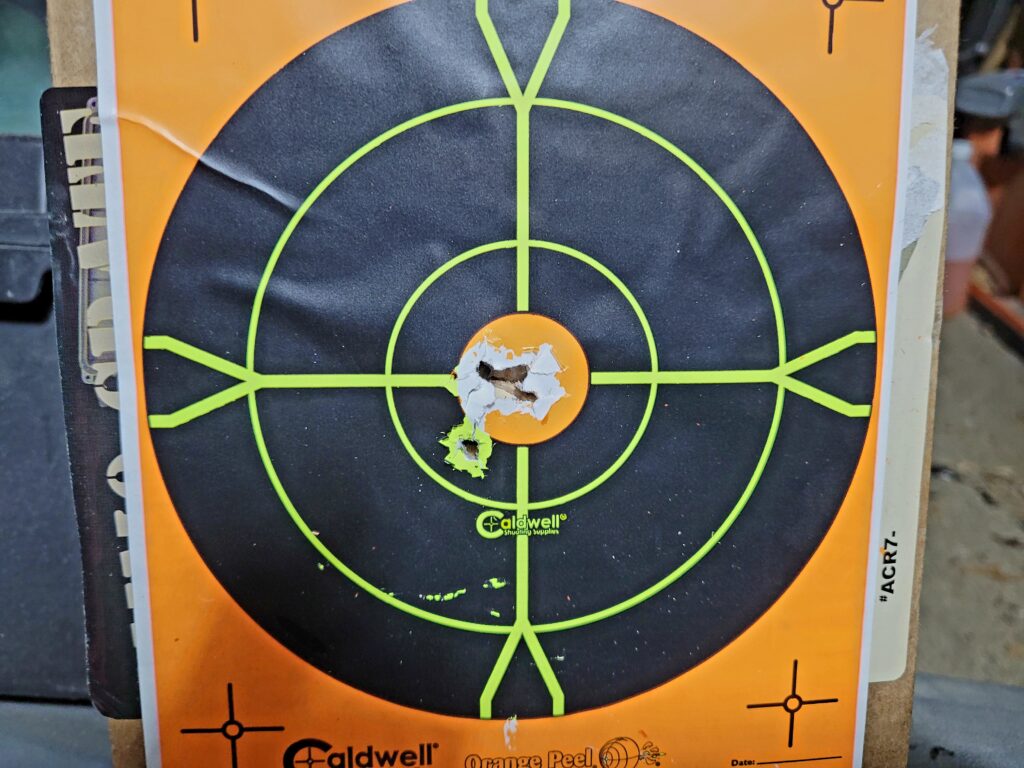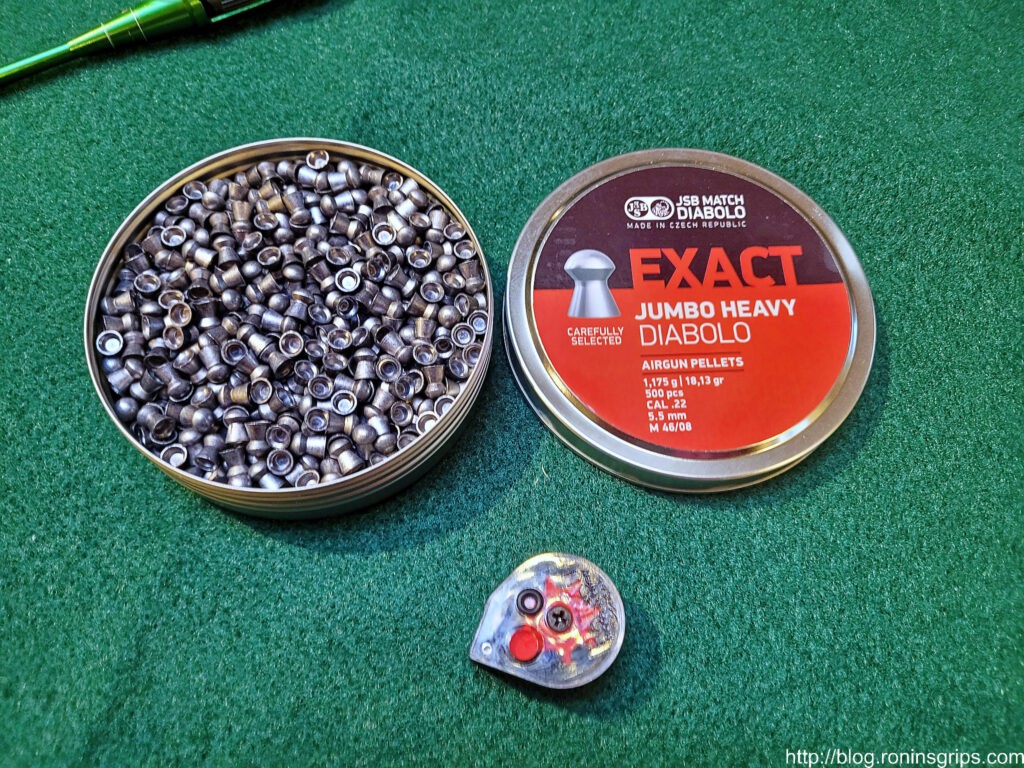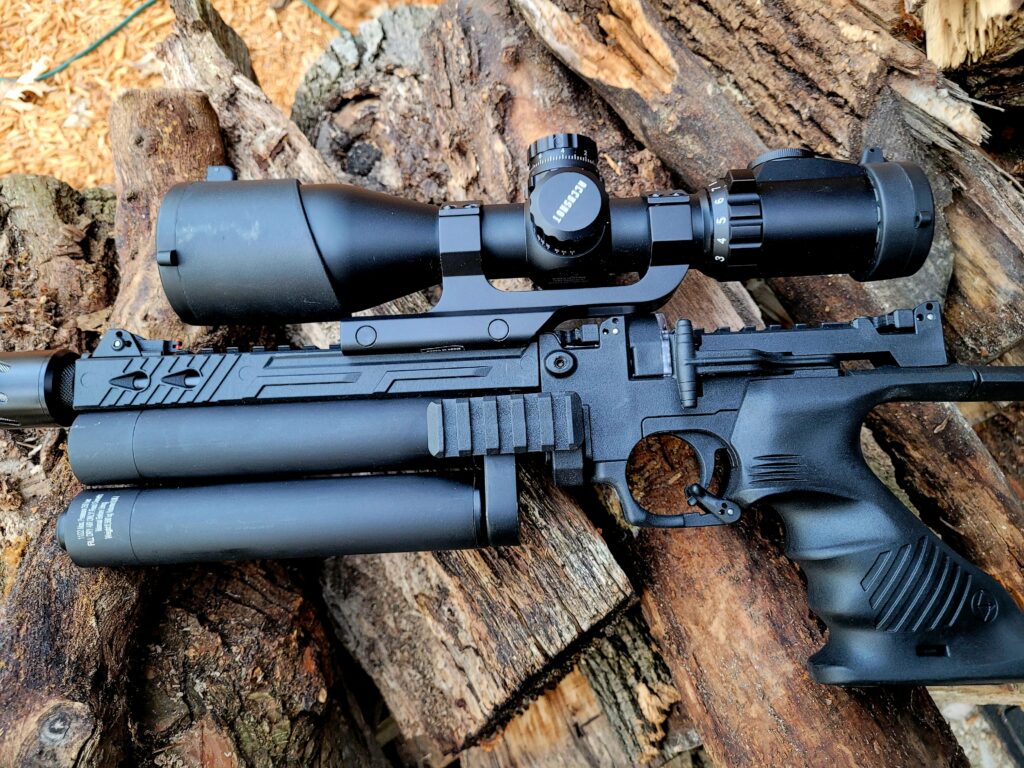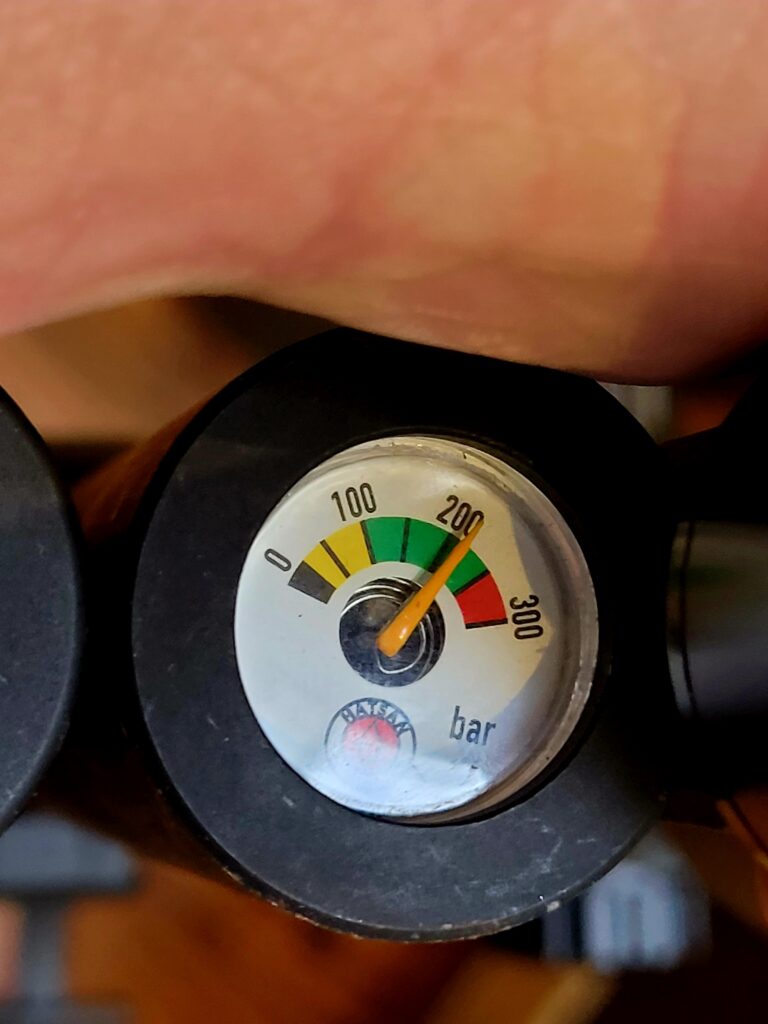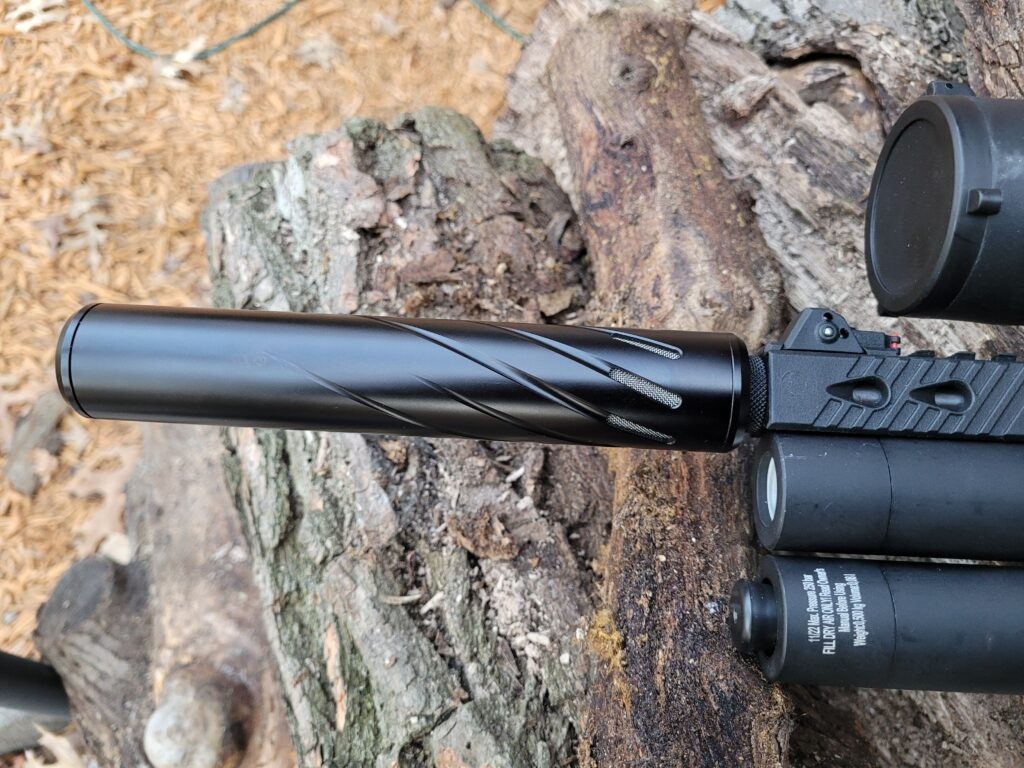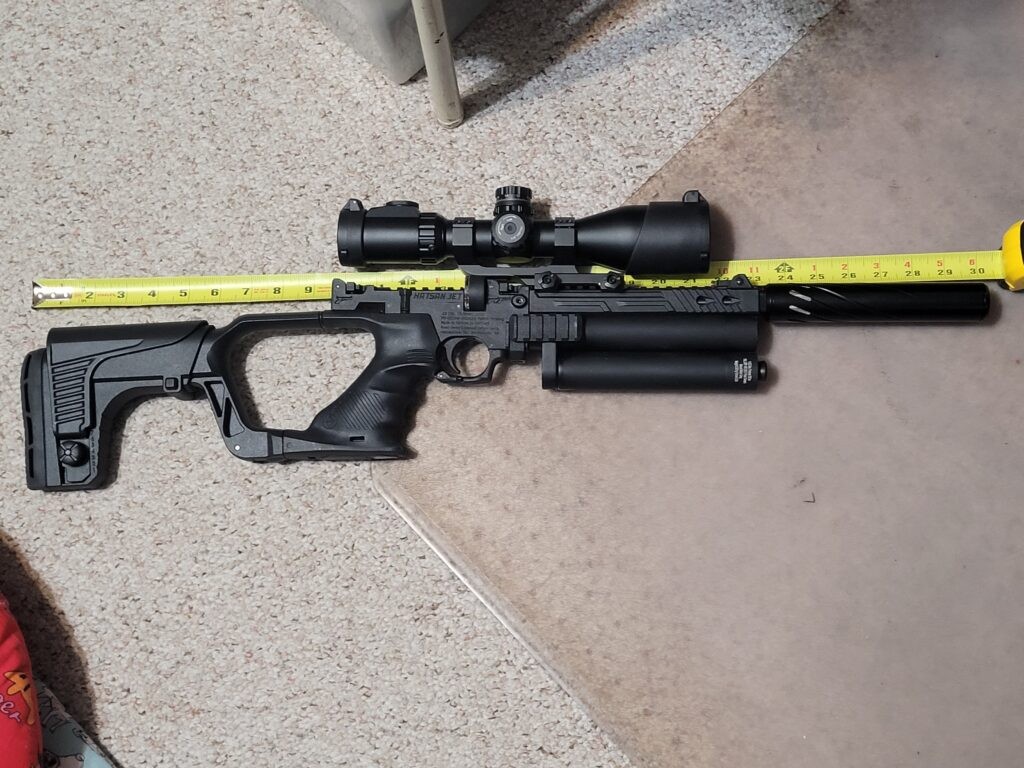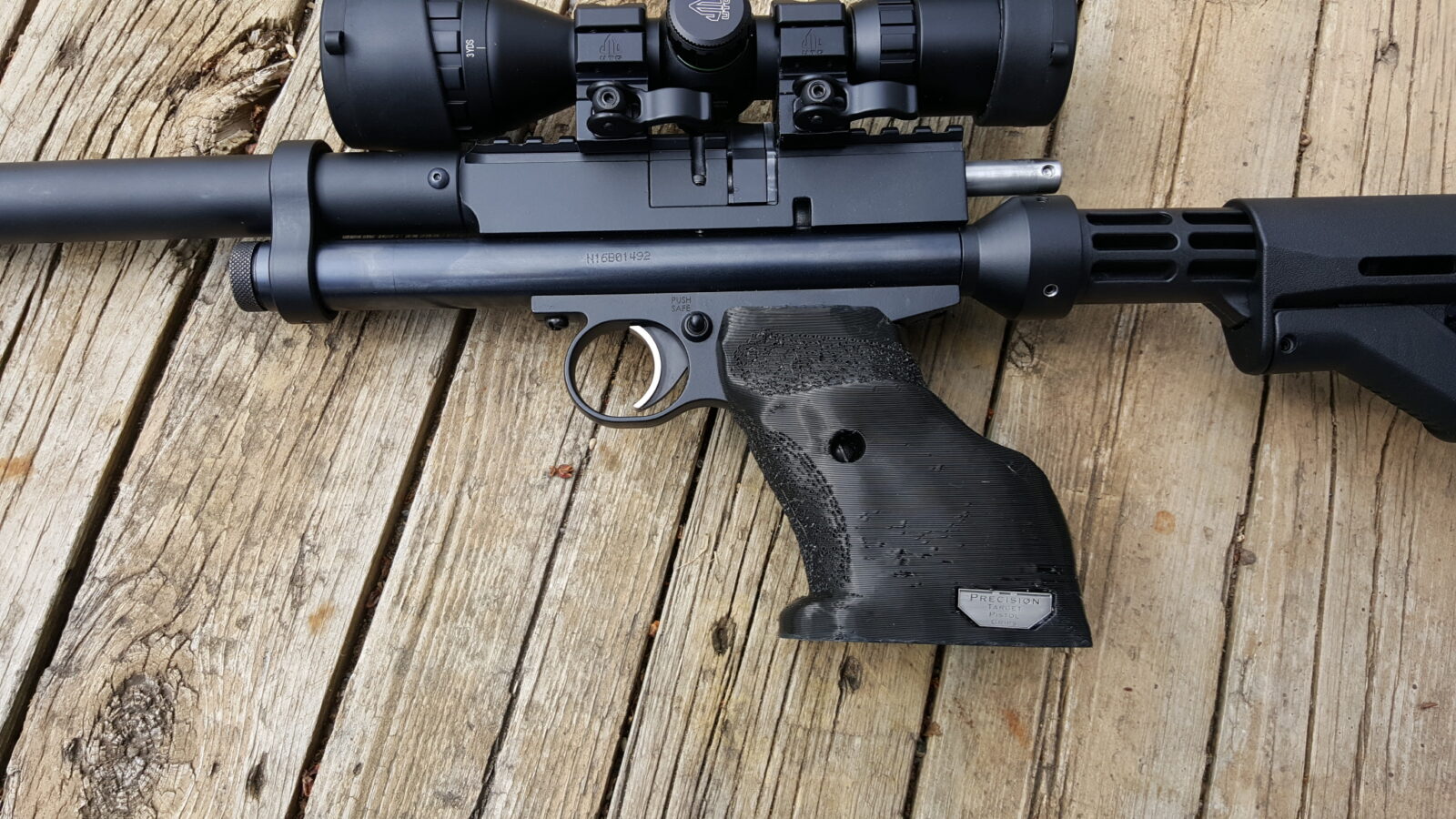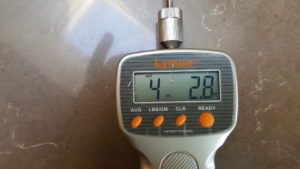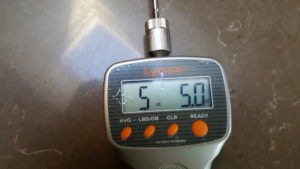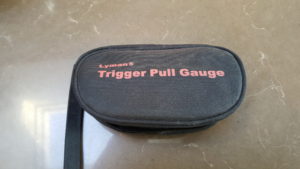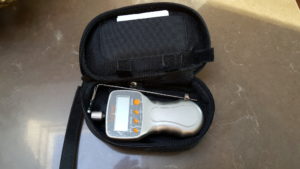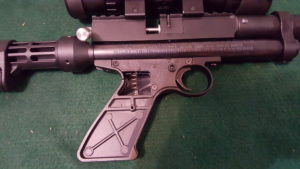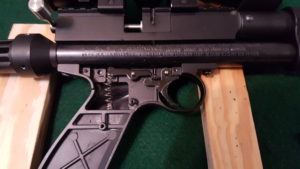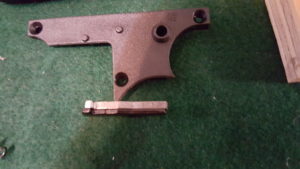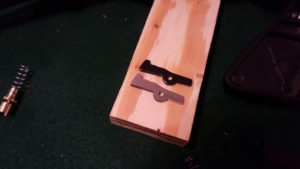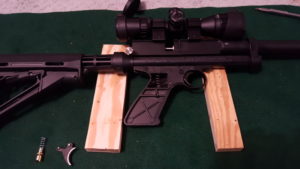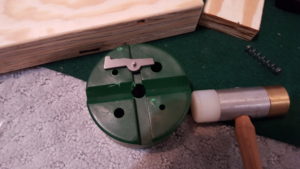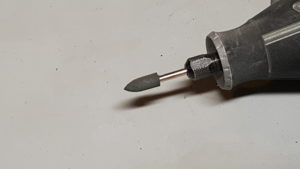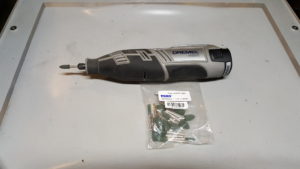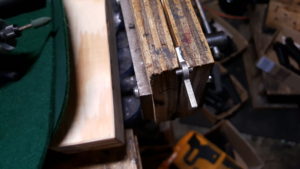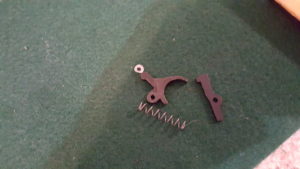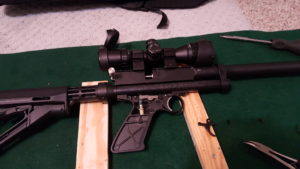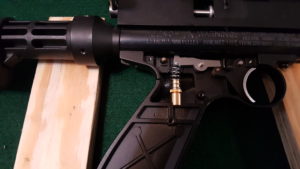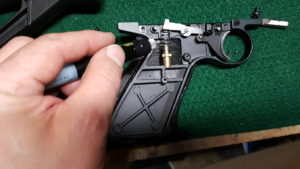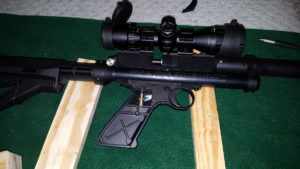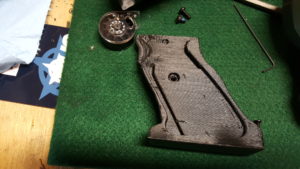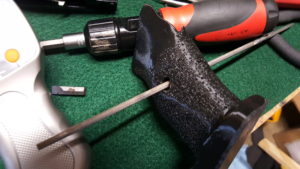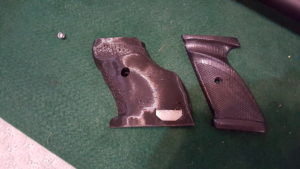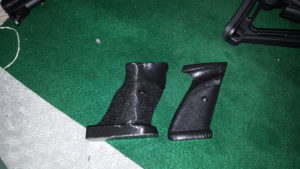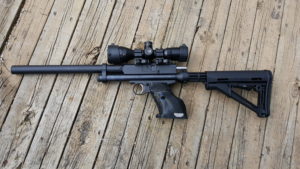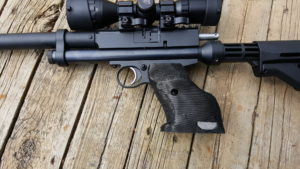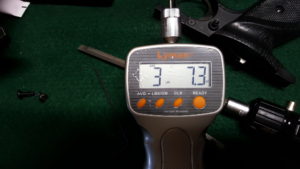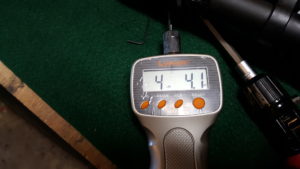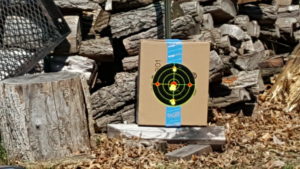This report provides a definitive and exhaustive guide to the premier online retailers for purchasing .22 Long Rifle (.22 LR) ammunition. In a crowded and often opaque digital marketplace, the modern shooter requires more than a simple list of vendors; they need actionable intelligence to navigate the complexities of pricing, service, and logistics. Through a rigorous, multi-faceted analysis of the industry’s key players, this document identifies and ranks the top 10 retailers, evaluating them on the critical metrics of price competitiveness, service quality, logistical efficiency, product selection, and overall customer reputation. The objective is to equip the discerning enthusiast with a strategic framework for making informed purchasing decisions, maximizing value, and ensuring a reliable supply of this ubiquitous and essential caliber.
Key Findings Overview
The online ammunition market is not a monolithic entity but rather a dynamic landscape defined by a fundamental dichotomy. On one side are high-volume, low-margin retailers that compete almost exclusively on price. These vendors, exemplified by market titans like Palmetto State Armory, offer exceptionally low cost-per-round, particularly on bulk purchases, making them the preferred source for shooters whose primary goal is to acquire the maximum quantity of ammunition for the lowest possible outlay.1 This aggressive pricing, however, often comes with a significant trade-off in service and logistics, with slower shipping times and a higher incidence of customer service issues being common complaints.3
On the other side of this divide are service-oriented retailers that differentiate themselves through speed, inventory reliability, and a superior user experience. Companies such as Lucky Gunner and MidwayUSA have built their reputations on promises of same-day shipping and live, accurate inventory systems, providing a level of certainty and convenience that many consumers are willing to pay a slight premium for.1 This creates a classic “price versus convenience” calculus that each buyer must solve based on their individual priorities.
Furthermore, the market is undergoing a strategic evolution in how value is delivered, driven by the rise of paid membership programs. This innovation has shifted the purchasing paradigm from a myopic focus on “cost-per-round” (CPR) to a more holistic consideration of “annualized total cost.” Retailers like Target Sports USA and True Shot Ammo have introduced subscription models that offer benefits like free shipping on all orders and exclusive discounts for a flat annual fee.7 Ammunition is heavy, and shipping fees can significantly inflate the final cost of an order. These membership programs are designed specifically to mitigate this variable, fundamentally altering the value equation for any shooter who purchases ammunition with even moderate frequency. For this consumer, the lowest advertised CPR from a non-membership site can be a misleading metric; the true, all-in cost must account for either per-order shipping fees or a fixed annual membership investment.
Master Comparison Table: Top 10 Online Retailers for .22 LR Ammunition
The following table distills the comprehensive analysis of this report into a single, high-impact reference tool. It provides a comparative overview of the top 10 retailers, allowing for rapid assessment based on the key performance indicators that matter most to the informed ammunition buyer. There is an appendix that details the methodology used.
| Rank | Retailer | Price & Value Score (1-10) | Service & Reliability Score (1-10) | Key Strengths | Key Weaknesses | Best For (User Archetype) | Membership Program |
| 1 | Target Sports USA | 9.5 | 9.5 | AMMO+ membership offers exceptional annual value (8% off + free shipping); Free shipping on non-member bulk orders; Highly positive reputation. | Base prices for non-members may be slightly higher than deep discounters; Membership fee is an upfront cost. | The Committed, High-Frequency Shooter | Yes, $99/year |
| 2 | Lucky Gunner | 8.5 | 10 | Industry-leading shipping speed (same-day dispatch); Live, guaranteed in-stock inventory system; Excellent website and user experience. | No free shipping option; Prices are competitive but rarely the absolute lowest. | The “Need It Now” & Reliability-Focused Buyer | No |
| 3 | Ammunition Depot | 9 | 9 | Highly competitive pricing, often rivaling PSA; Strong, positive customer service reputation (A+ BBB); Fast, reliable shipping. | Free shipping is typically tied to promotional codes rather than a standard threshold. | The Savvy Shopper (Balancing Price & Service) | No |
| 4 | Palmetto State Armory | 10 | 6 | Often the lowest cost-per-round on the internet, especially for bulk; Frequent and aggressive sales; Wide selection. | Slow shipping times are common; Polarized and often negative customer service reviews; Website can be buggy. | The Patient, High-Volume Buyer | No |
| 5 | MidwayUSA | 8.5 | 7.5 | Extremely fast “Nitro Express” shipping; Huge selection of ammo and other gear; Frequent free shipping promotions over $100. | Mixed recent customer service reviews; Restocking fees on returns can be an issue. | The One-Stop Shopper (Bundling Ammo & Gear) | No |
| 6 | True Shot Ammo | 9 | 9 | A-Zone membership offers great value (free shipping); Ships to restrictive states; Rare 30-day satisfaction guarantee.8 | Membership value is dependent on purchase frequency. | The All-Around Shooter (Alternative to Target Sports USA) | Yes, $99/year |
| 7 | Brownells | 8 | 7.5 | Unmatched selection of specialty and match-grade ammo; “Gunsmith’s candy store” for parts/tools; Historically excellent reputation. | Complex shipping fee structure; Recent increase in negative customer service feedback. | The Specialty Buyer & Gun Builder | Yes (Edge Membership) |
| 8 | SGAmmo | 8.5 | 7 | Free shipping on orders over $200; Wide selection and loyal customer base; Family-run business reputation. | Mixed reviews on shipping speed and consistency; Accusations of price gouging during panics. | The Brand-Loyal Shopper Seeking Variety | No |
| 9 | Ammo.com | 9 | 8 | Very competitive bulk pricing; Fast same-day shipping promise; Unique pro-2A donation program with every purchase. | Strict no-cancellation policy; Less frequently recommended in user forums than top competitors. | The Value-Conscious, Mission-Aligned Buyer | No |
| 10 | Sportsman’s Guide | 8 | 7 | Buyer’s Club membership provides good discounts and free shipping over $49; Broad catalog of outdoor gear. | Not an ammunition specialist; Shipping policies can be complex and restrictive for some items. | Existing Buyer’s Club Members | Yes (Buyer’s Club) |
II. In-Depth Retailer Profiles: An Analytical Review
This section provides a detailed, evidence-based analysis of each of the top 10 selected retailers. Each profile examines the company’s market position, pricing structure, service and logistics performance, customer reputation, and overall platform, culminating in an expert verdict and recommendation tailored to specific consumer needs.
1. Palmetto State Armory (PSA)
Overview & Market Position
Palmetto State Armory, often referred to simply as PSA, operates as “The Bulk Ammo Titan” in the online firearms and ammunition market. It has established a dominant position through a strategy of aggressive, high-volume pricing, frequent and deep sales, and vertical integration with its own line of ammunition, AAC.1 For a large segment of the shooting community, PSA is the first and last stop for stocking up on popular calibers. Their business model is unapologetically focused on value, making them the undisputed go-to retailer for shooters looking to “stack it deep and cheap”.2
.22 LR Pricing & Value Analysis
PSA’s core value proposition is its pricing. The company consistently offers some of the lowest costs-per-round (CPR) in the industry, a fact that is particularly evident in their bulk and case quantity offerings.2 A review of their.22 LR ammunition section reveals this strategy in action, with frequent sales on major brands like Federal, Winchester, and Remington. Prices for these trusted manufacturers can often be found in the range of 6 to 8 cents per round, particularly for value packs and cases.10 For example, offerings like Winchester.22 LR 36-grain PHP in 222-round boxes have been listed for as low as 6 cents per round, and Federal Champion 36-grain LHP value packs for 7 cents per round.10 This pricing structure makes PSA an essential benchmark for any value-focused buyer and the default choice for those prioritizing quantity above all else.
Service & Logistics Deep Dive
The primary trade-off for PSA’s rock-bottom pricing is found in its service and logistics, which represents the company’s most significant weakness. While the company reliably ships its products, the timeframe for doing so is a frequent point of contention among customers. The company’s own FAQ page sets the expectation that standard orders may take up to 5 business days to ship, with serialized items and upper receivers taking significantly longer.11 This stands in stark contrast to competitors who promise same-day shipping. User reviews and forum discussions widely corroborate these potential delays, with many customers expressing frustration over the lack of speed and communication during the fulfillment process.3 Furthermore, shipping costs are a variable factor, calculated at checkout and not typically included in the advertised price, which can erode some of the initial savings on smaller orders.6
Customer Experience & Reputation
The customer reputation of Palmetto State Armory is highly polarized. A large and loyal customer base is drawn to their undeniable value and is willing to overlook service shortcomings. However, a significant and vocal contingent of consumers reports negative experiences. Independent review sites and the Better Business Bureau host numerous complaints detailing poor customer service, a difficult or unresponsive returns process, and order fulfillment errors.3 Issues range from lost shipments and incorrect items to a perceived lack of accountability from the company’s warranty and service departments.3 This establishes a clear and pronounced risk/reward proposition for the consumer: the potential for market-leading prices is balanced against the risk of a frustrating and lengthy fulfillment and service experience.
Platform & Selection
The PSA website, while functional, has been a source of user complaints. Some customers report technical issues that prevent them from completing orders, adding a layer of friction to the purchasing process.3 Despite these platform issues, PSA’s selection of.22 LR ammunition is undeniably vast and comprehensive. Their catalog covers a wide array of brands, from budget-friendly options to premium choices. They offer an extensive range of grain weights, from 36-grain to 45-grain, and cater to specific needs with a deep inventory of subsonic ammunition for suppressed shooting.10 This breadth of selection is a significant strength, ensuring that most.22 LR shooters can find a suitable option for their needs.
Expert Verdict & Recommendation
Palmetto State Armory is best suited for the patient, high-volume buyer for whom cost is the single most important factor. If the primary objective is to acquire the largest possible quantity of ammunition for the lowest absolute cost, and the delivery timeline is not a critical concern, PSA’s pricing is often unbeatable. However, prospective buyers must enter the transaction with realistic expectations. They should be prepared for potentially slow shipping, a less-than-premium customer service experience, and the possibility of needing to proactively follow up on their order. For those willing to accept these trade-offs, the savings can be substantial.
2. Lucky Gunner
Overview & Market Position
Lucky Gunner has carved out a distinct and defensible niche in the competitive online ammunition market by positioning itself as “The Service & Speed Specialist.” The company’s brand identity and operational focus are built on a foundation of supreme reliability and a frictionless user experience. Their most lauded feature is a proprietary live inventory system, which ensures that any product displayed on their website is physically in their warehouse and ready to ship.2 This commitment to transactional integrity sets them apart from competitors who may accept orders for out-of-stock items, leading to backorders and delays.
.22 LR Pricing & Value Analysis
Lucky Gunner’s pricing strategy is one of competitive fairness rather than aggressive discounting. While their prices are generally in line with the market, they are not always the absolute lowest available.5 A detailed look at their.22 LR offerings shows bulk cases of popular ammunition like Winchester 36-grain CPHP available for as low as 5.2 cents per round, while Federal Champion can be found for around 6.1 cents per round, and CCI Mini-Mags for 8.8 cents per round.5 The company’s value proposition is not rooted in being the cheapest option, but in the total value delivered through certainty, speed, and service. The price paid is for the elimination of common online retail frustrations, making it a worthwhile investment for many buyers.
Service & Logistics Deep Dive
Service and logistics are the cornerstones of Lucky Gunner’s business model and their primary competitive advantage. The company makes a clear and consistently met promise of same-day shipping for all orders placed before 3:00 PM Eastern Time on business days.5 This rapid fulfillment is a significant differentiator in a market where shipping delays are a common complaint. The live inventory system is the engine that makes this speed possible; by only showing available products, it guarantees that an order can be immediately picked, packed, and dispatched.5 It is important to note that Lucky Gunner does not offer free shipping as a standard promotion. Shipping costs are calculated dynamically at checkout based on the order’s weight and the delivery distance from their Knoxville, Tennessee warehouse.15
Customer Experience & Reputation
The customer experience with Lucky Gunner is generally reported as excellent, particularly concerning their core promises of shipping speed and inventory accuracy. They are consistently recommended in user forums and online discussions as a reliable and trustworthy vendor.2 The Better Business Bureau has accredited them with an A+ rating, reflecting a strong track record of resolving customer issues. While, like any large retailer, some negative reviews exist regarding customer service interactions on problem orders, the overwhelming sentiment is positive.17 Customers appreciate the “what you see is what you get” approach, which provides a high degree of confidence in the purchasing process.
Platform & Selection
The Lucky Gunner website is widely praised for its clean design, intuitive navigation, and the celebrated live inventory feature. This creates a seamless and efficient shopping experience. Their selection of .22 LR ammunition is robust, featuring a wide array of options from all major manufacturers, including CCI, Federal, Winchester, and Remington.5 Product pages are detailed and informative, providing customers with all the necessary specifications to make an informed choice. In addition to selling ammunition, the company also hosts an extensive “Lounge” section with expert reviews and articles on firearms and shooting topics, further establishing their authority in the space.19
Expert Verdict & Recommendation
Lucky Gunner is the premier choice for the “Need It Now” and reliability-focused buyer. It is the ideal retailer for situations where receiving ammunition quickly and with a high degree of certainty is paramount—such as preparing for a competition, a training class, or a hunting trip on short notice. While a small price premium may exist compared to deep discounters, this cost is an investment in peace of mind, speed, and the assurance that the order will be correct and ship immediately. For buyers who value their time and prioritize a hassle-free transaction, Lucky Gunner sets the industry standard.
3. Target Sports USA
Overview & Market Position
Target Sports USA has distinguished itself as “The Membership Maverick,” successfully pioneering and popularizing the “Amazon Prime” model for ammunition retail. Their business strategy revolves around the AMMO+ membership program, an annual subscription that provides significant benefits to frequent buyers.21 This innovative approach has cultivated a fiercely loyal customer base and positioned them as a top-tier destination for shooters who understand the long-term value of investing in a retail relationship.16
.22 LR Pricing & Value Analysis
The pricing structure at Target Sports USA is two-tiered and designed to heavily incentivize membership. Their base prices for non-members are competitive, and they offer free shipping on bulk case orders, which is a strong value proposition in its own right.23 However, the true economic advantage is unlocked with the $99 per year AMMO+ membership. This subscription provides an immediate 8% discount on all ammunition purchases and, most critically, free shipping on every single order, regardless of size.25
The impact of this model is transformative. For a frequent shooter, the membership fee is quickly recouped. Consider that a typical shipping charge for a single order from a competitor might be $15-$25. The AMMO+ membership effectively pays for itself after just four to seven orders. Numerous user testimonials confirm this, with customers reporting that they have saved hundreds of dollars annually on shipping fees alone.21 This shifts the purchasing calculus from minimizing the cost of a single transaction to minimizing the total cost of ammunition over an entire year.
Service & Logistics Deep Dive
Target Sports USA is widely praised for fast and reliable shipping, a key component of their premium service model.28 The logistics of the AMMO+ program are a significant advantage. By offering free shipping on all orders, they remove the financial penalty associated with placing smaller, more frequent orders. This allows members to take advantage of sales or restocks without having to build a large, expensive cart to justify the shipping cost.25 This flexibility is a powerful benefit that enhances the overall customer experience and encourages repeat business.
Customer Experience & Reputation
The reputation of Target Sports USA is overwhelmingly positive, particularly among its AMMO+ members who view the program as an exceptional value.21 They are one of the most frequently and highly recommended retailers in online shooting communities and forums.21 Direct reviews on their website are filled with praise for their fast order processing, excellent packaging, and smooth transactions.28 An examination of their Better Business Bureau profile reveals a very low number of complaints for a company of their size, indicating a strong commitment to customer satisfaction and effective problem resolution.31
Platform & Selection
The retailer’s website is well-designed and easy to navigate. They maintain a solid selection of ammunition from major brands, ensuring that popular.22 LR options are readily available. Their inventory includes key products from manufacturers like CCI and Federal, catering to the needs of plinkers, hunters, and target shooters alike.23 The platform clearly displays pricing and automatically applies membership discounts for logged-in users, making the benefits of the program transparent and easy to realize.
Expert Verdict & Recommendation
Target Sports USA is the definitive choice for the dedicated, high-frequency shooter. For any individual who anticipates purchasing ammunition more than a few times per year, the AMMO+ membership represents what is arguably the best overall value in the online market. The combination of an 8% discount and unlimited free shipping creates a powerful economic incentive that is difficult for competitors to match on an annualized basis. It fundamentally changes the purchasing strategy, providing both unmatched convenience and substantial long-term savings.
4. MidwayUSA
Overview & Market Position
MidwayUSA stands as “The One-Stop Superstore” of the online shooting sports world. Founded in 1977, it is one of the most well-established and recognized retailers in the industry, with a reputation built on an immense catalog that extends far beyond ammunition to include reloading supplies, gun parts, optics, tools, and general outdoor gear.1 Their market position is that of a comprehensive, reliable source for virtually any shooting-related need, making them a default choice for many hobbyists and professionals.
.22 LR Pricing & Value Analysis
MidwayUSA’s pricing is consistently competitive, particularly when factoring in their frequent sales and promotions. Their.22 LR selection is extensive, catering to all segments of the market. Shooters can find budget-friendly, bulk-packaged options like Federal AutoMatch for as low as 6 to 7 cents per round, making them a viable choice for high-volume plinking.33 Simultaneously, they serve the discerning competitor with a deep inventory of premium, match-grade ammunition from brands like SK and Lapua, where prices can exceed 20 cents per round.34 The primary value driver for MidwayUSA is the ability for customers to bundle ammunition purchases with other, often specialized, gear. This allows them to easily reach the threshold for the company’s frequent free shipping offers, consolidating multiple needs into a single, cost-effective transaction.
Service & Logistics Deep Dive
A key pillar of MidwayUSA’s service offering is its “Nitro Express Shipping,” a system designed for rapid order fulfillment that has earned them a reputation for being one of the fastest shippers in the business.1 They frequently run promotions for free shipping on orders that exceed a certain dollar amount, typically $100.5 This combination of speed and accessible free shipping is a powerful logistical advantage and a major draw for customers. Most orders placed before a midday cutoff are shipped the same day, ensuring that products arrive quickly.36
Customer Experience & Reputation
The customer reputation of MidwayUSA is complex and appears to be in a state of transition. The company has a large base of long-time, loyal customers who have consistently had positive experiences over many years and continue to praise their service.39 However, a growing body of recent feedback from sources like the Better Business Bureau and other independent review sites paints a more mixed picture. These newer complaints often cite issues with shipping and delivery (damaged or lost orders), frustration with the returns process (specifically, the application of restocking fees), and difficulties with customer service communication.40 This pattern suggests that the company may be experiencing challenges with scaling or maintaining its historically high service standards, creating a degree of inconsistency in the current customer experience.
Platform & Selection
MidwayUSA’s website is a model of a comprehensive e-commerce platform. It is well-organized, feature-rich, and supports an enormous and diverse catalog of products. Their selection of .22 LR ammunition is extensive, covering a wide range of offerings from nearly every major manufacturer, including CCI, Federal, Winchester, and Remington, as well as more specialized European brands.33 The site is also a valuable resource, packed with how-to guides and technical content that adds value beyond the simple sale of goods.32
Expert Verdict & Recommendation
MidwayUSA is the ideal destination for the project-oriented “One-Stop Shopper.” It is the perfect choice when a purchase involves not just ammunition but also specific parts for a gun build, reloading components, or other shooting accessories. The ability to consolidate these diverse needs into a single order to take advantage of their fast shipping and frequent free shipping promotions is a significant benefit. However, prospective buyers should be aware of the recent trend of mixed feedback regarding customer service and returns. While still a top-tier retailer, it is advisable to be clear on their return policies before making a large purchase.
5. Ammunition Depot
Overview & Market Position
Ammunition Depot has successfully established itself as “The All-Around Contender” in the online ammunition space. It has earned a strong reputation by striking an effective balance between competitive pricing and reliable, high-quality service. This balanced approach has led to accolades from industry reviewers, who have named it the “Overall Best Place to Buy Ammo,” highlighting its ability to deliver on multiple fronts without significant compromise.1
.22 LR Pricing & Value Analysis
In the critical arena of pricing, Ammunition Depot is a formidable competitor. The company’s prices are frequently on par with, and sometimes even better than, those offered by the most aggressive discounters like Palmetto State Armory.1 They maintain a dynamic pricing strategy with frequent sales on popular products.42 Their.22 LR offerings are particularly attractive, with bulk cases of ammunition like Federal Champion Training Value Packs being sold for as low as 7 cents per round.42 This places them firmly in the top tier for value. To further enhance their price competitiveness, Ammunition Depot often provides promotional codes through affiliate websites and publications, with a common offer being free shipping on orders over $149.1 Proactive shoppers who seek out these codes can achieve an exceptional all-in cost.
Service & Logistics Deep Dive
Ammunition Depot is generally well-regarded for its logistical performance. Customers and reviewers note that shipping is typically fast, with orders arriving in well-packaged and secure containers.43 The company’s official shipping policy states that while ground delivery is guaranteed within a 14-day window, most orders arrive in less than five days, which aligns with customer expectations for prompt service.42 Unlike some competitors that have a standing free shipping threshold, Ammunition Depot’s free shipping offers are primarily driven by promotions and coupon codes.1 This means that maximizing value requires the customer to be aware of and utilize these available discounts at the time of purchase.
Customer Experience & Reputation
The customer reputation of Ammunition Depot is largely and consistently positive. The company is accredited by the Better Business Bureau and holds an A+ rating, indicating a strong commitment to ethical business practices and customer satisfaction.44 Direct customer reviews frequently praise the company’s responsive and helpful customer service team, noting their effectiveness in resolving issues when they arise.43 This positive sentiment is echoed in user forums, where Ammunition Depot is frequently recommended as a reliable and trustworthy vendor.21 This strong service reputation is a key differentiator from price-focused competitors who may fall short in this area.
Platform & Selection
The Ammunition Depot website is clean, user-friendly, and provides a straightforward shopping experience. Their selection of .22 LR ammunition is comprehensive, featuring a wide range of products from top-tier brands like CCI, Federal, and Winchester. The product listings are detailed and informative, providing customers with all the necessary specifications, from grain weight and bullet type to muzzle velocity, allowing for precise and informed purchasing decisions.42
Expert Verdict & Recommendation
Ammunition Depot is the best choice for the savvy shopper who seeks an optimal balance of excellent pricing and dependable service. The company successfully bridges the gap between the deep discounters and the service-focused specialists. It competes directly with Palmetto State Armory on price but generally delivers a superior and more reliable customer experience. To achieve the maximum value from this retailer, it is highly recommended that buyers actively search for promotional free shipping codes before finalizing their purchase, as this can transform a good deal into a great one.
6. Brownells
Overview & Market Position
Brownells holds a venerable position in the firearms industry as “The Gunsmith’s Go-To.” As one of the oldest and most respected mail-order and online retailers, its name is synonymous with an unparalleled selection of gun parts, specialized tools, and technical expertise.2 Their reputation was built on serving the needs of professional gunsmiths and serious hobbyists. While ammunition is a significant and robust category for the company, it is part of a much broader ecosystem of products, positioning them as a comprehensive resource rather than a dedicated ammo discounter.45
.22 LR Pricing & Value Analysis
Brownells’ pricing on ammunition is generally fair and aligned with the market, but they are not typically the lowest-cost provider.2 Their catalog includes an impressive 78 different SKUs for .22 LR ammunition, with prices that span the full spectrum of the market—from budget-friendly Aguila loads at 6 cents per round to high-precision Lapua and SK match ammunition costing 24 cents per round or more.46 The primary value proposition for purchasing ammunition from Brownells lies in the ability to bundle it with their vast and often exclusive inventory of other items. A customer needing a specific, hard-to-find gun part or tool can conveniently add ammunition to their order, creating a single, efficient transaction.
Service & Logistics Deep Dive
Brownells has a long history of reliable service, but their shipping policies are more complex than many of their competitors. They offer a tiered shipping system with different speeds and costs, including Standard, Ground, and Express options.47 Unlike many rivals, they do not offer a standard free shipping threshold. Their shipping charges are calculated based on a base rate plus potential “weight premiums” for heavier orders and additional fees for items classified as hazardous materials, a category which can include primers and powder.47 For customers seeking to optimize shipping costs, the “Brownells Edge” membership program offers benefits, including free shipping, which can be a worthwhile investment for frequent buyers.32
Customer Experience & Reputation
Historically, Brownells has been lauded for “world class customer service,” a reputation that formed the bedrock of their brand for decades.2 However, similar to other legacy giants in the space, recent customer feedback indicates a potential erosion of this standard. A noticeable increase in complaints across various review platforms points to issues with lost or delayed orders, slow processing times, and frustrating interactions with customer service representatives.49 While many transactions are still completed without issue, and their YouTube channel is praised for its educational content, the volume of negative feedback from formerly loyal customers suggests a pattern of inconsistency that new buyers should be aware of.45
Platform & Selection
The Brownells website is a massive and deeply comprehensive resource. While its primary strength is the unmatched selection of gun parts and tools, its ammunition section is equally impressive. The platform features an excellent filtering system that allows users to precisely narrow their search by a multitude of criteria, including brand, bullet weight, bullet style, and cartridge.46 This functionality is superior to many competitors and is a significant aid to shoppers. Their.22 LR selection is enormous, featuring products from nearly every major domestic and international manufacturer, making it one of the most diverse catalogs available.46
Expert Verdict & Recommendation
Brownells is the optimal choice for the specialty buyer or the dedicated gun builder. It is the premier destination when the purchasing need extends beyond simple bulk ammunition to include specific, high-performance match-grade loads or when ammunition is being bought alongside unique tools, replacement parts, or accessories that are difficult to source elsewhere. Buyers should pay close attention to the shipping calculator at checkout to understand the full, all-in cost of their order and be mindful of the mixed recent feedback on customer service performance.
7. SGAmmo
Overview & Market Position
SGAmmo operates as “The Enthusiast’s Favorite,” a family-run business that has cultivated a strong and loyal following within the shooting community. They are known for maintaining a wide and diverse selection of ammunition, offering fair market pricing, and operating with a level of transparency that resonates with knowledgeable consumers.27 Their reputation is that of a reliable, no-frills vendor that caters to serious shooters.
.22 LR Pricing & Value Analysis
The pricing at SGAmmo is consistently regarded as competitive and fair. While they may not always have the absolute lowest price on every single item, their overall pricing structure is attractive, and they are often a go-to source for reasonably priced ammunition.22 A key component of their value proposition is their shipping policy: they offer free shipping on all orders totaling over $200.21 For customers placing bulk orders, this is a significant financial benefit that often makes their all-in cost lower than competitors whose advertised per-round price might be slightly less but who charge substantial shipping fees.
Service & Logistics Deep Dive
The performance of SGAmmo’s shipping and logistics is a point of divergence in customer feedback. A large segment of their customer base praises their shipping as being exceptionally fast, with orders often arriving within a few days of being placed.21 These customers report a smooth and efficient fulfillment process. However, another group of customers reports a contrary experience, citing significant shipping delays, a lack of proactive communication about order status, and opaque tracking information.51 For smaller orders that do not meet the free shipping threshold, their standard shipping fee can be a factor, with some users noting a starting rate of around $16 for bulk items.54 This inconsistency in shipping performance is a notable variable for potential buyers.
Customer Experience & Reputation
SGAmmo’s reputation is mixed but anchored by a strong core of loyal, repeat customers. The positive reviews frequently highlight the company’s trustworthiness, the quality of their packaging, and their long track record of accurate order fulfillment.51 They are often praised as a reliable, “good people” business. Conversely, negative feedback tends to focus on several key areas: unresponsive customer service, particularly when issues arise; significant shipping delays that are not communicated effectively; and accusations of “price gouging,” where prices on high-demand ammunition were perceived to be raised excessively during periods of market panic.22
Platform & Selection
The SGAmmo website is functional and straightforward, prioritizing product listings over flashy design. A major strength of the company is its famously wide selection. They are known for stocking not only common calibers but also more obscure and surplus ammunition that can be difficult to find elsewhere. Their .22 LR selection is robust, offering a variety of options to suit different shooting applications.27
Expert Verdict & Recommendation
SGAmmo is a solid choice for the brand-loyal shopper and those who prioritize a wide selection. For many long-time enthusiasts, their track record of reliability and fair dealing has earned them continued business. The free shipping on orders over $200 is a compelling incentive and a key driver of value for bulk purchases. However, new customers should proceed with an awareness of the mixed reviews concerning shipping speed and customer service responsiveness. It is a reputable vendor with a strong following, but not without its reported inconsistencies.
8. True Shot Ammo
Overview & Market Position
True Shot Ammo has rapidly emerged as “The Rising Star” in the online ammunition retail space.8 They are frequently mentioned in the same breath as the industry’s most established leaders and are consistently praised for offering a compelling combination of excellent selection, competitive pricing, and fast, reliable service.1 A key aspect of their market strategy is their customer-friendly approach, which includes a willingness to ship to states with more complex shipping regulations, such as California, earning them significant goodwill among shooters in those areas.1
.22 LR Pricing & Value Analysis
True Shot’s pricing is highly competitive, making them a strong contender for value-conscious buyers. Their catalog features popular .22 LR brands like Aguila with per-round costs as low as 5 to 6 cents, placing them in direct competition with the market’s price leaders.55 Mirroring the successful strategy of Target Sports USA, True Shot Ammo offers its own membership program, the “A-Zone.” For an annual fee of $99, members receive free shipping on all orders up to a generous cap of $1500 per order.7 This program makes them a direct and compelling alternative for high-frequency shooters, as the membership fee is quickly offset by savings on shipping costs after just a few purchases.
Service & Logistics Deep Dive
The company is well-regarded for its fast shipping, a crucial service metric in the online ammunition market.2 The A-Zone membership program is the centerpiece of their logistical advantage, as it removes shipping cost as a barrier to purchase and encourages customer loyalty.7 Perhaps their most unique service offering is a 30-day satisfaction guarantee.56 This is an exceptionally rare policy in the ammunition industry, where sales are almost universally final due to safety and legal regulations. This guarantee demonstrates a high level of confidence in their products and a strong commitment to customer satisfaction.
Customer Experience & Reputation
The customer reputation of True Shot Ammo is very positive.9 They are frequently recommended in online forums and product roundups as a top-tier retailer.1 Customers praise their fast service, fair prices, and helpful customer support. Their policy of working with customers in states with restrictive shipping laws has also built a loyal following, as it shows a commitment to serving the entire shooting community where legally possible.1
Platform & Selection
True Shot maintains a modern, easy-to-navigate website. Their selection of .22 LR ammunition is broad and well-curated, featuring a wide variety of products from the most popular brands, including CCI, Federal, Winchester, Norma, and Aguila.55 They cater to various needs, offering everything from standard velocity target loads to high-velocity hunting rounds and subsonic options.
Expert Verdict & Recommendation
True Shot Ammo is a top-tier alternative to Target Sports USA for shooters seeking the exceptional value of a membership-based purchasing model. They offer a complete and compelling package: highly competitive pricing, a valuable free-shipping membership program, fast and reliable logistics, and a unique satisfaction guarantee that sets them apart from the competition. They are an excellent choice for nearly any type of ammunition buyer and are particularly well-suited for those who shoot frequently and can derive maximum benefit from the A-Zone membership.
9. Ammo.com
Overview & Market Position
Ammo.com has strategically branded itself as “America’s Pro-Freedom Ammo Source.” Their market position is built on a dual foundation of competitive pricing and a strong, explicit pro-Second Amendment identity. This identity is most clearly expressed through their unique “Freedom Fighter” donation program, which allows customers to direct a 1% donation from their purchase total to a pro-freedom organization of their choice, such as the Second Amendment Foundation or Homes for Our Troops, at no extra cost to the buyer.57
.22 LR Pricing & Value Analysis
The company backs up its branding with a highly competitive pricing structure, claiming to offer some of the “cheapest ammo online”.57 An examination of their .22 LR inventory supports this claim. They offer bulk quantities of ammunition from major manufacturers like Winchester, Federal, and Remington at prices that are firmly in the lowest tier of the market. For instance, case quantities of Winchester and Federal .22 LR have been listed in the range of 5.2 to 8 cents per round, making them a direct competitor to the most aggressive discounters.58 This combination of low prices and a philanthropic mission creates a unique value proposition.
Service & Logistics Deep Dive
Ammo.com commits to a high standard of logistical performance, promising fast shipping on all orders. Their stated policy is that orders placed before 3:00 PM Eastern Time on a weekday will generally ship the same day, a benchmark for speed in the industry.57 Shipping costs are not included in the product price and are calculated at checkout based on the order’s specifics; there is no standard free shipping offer.59 A critical point for potential buyers is the company’s strict no-cancellation policy. Once an order is placed, it is considered final, and refused deliveries are subject to shipping costs and a 10% restocking fee, with the refund issued as store credit.60
Customer Experience & Reputation
Ammo.com actively promotes a positive customer experience, highlighting testimonials that praise their fast shipping and quality service.57 A key feature they emphasize is their live, American-based customer support team, which they contrast with outsourced call centers.57 While the company is included in some professional roundups of top retailers 2, they appear less frequently in organic, user-generated forum discussions and recommendations compared to the highest-tiered competitors. This suggests a solid reputation but perhaps not the same level of widespread, enthusiastic endorsement as some other vendors.
Platform & Selection
The company’s website is modern, secure, and easy to navigate. A key feature that enhances the user experience is a live inventory system, which ensures that customers are only viewing products that are physically in stock and ready to ship.57 Their selection of.22 LR ammunition is strong, particularly in bulk quantities. They maintain a deep inventory of the most popular options from Winchester, Federal, and Remington, catering effectively to the needs of the high-volume shooter.58
Expert Verdict & Recommendation
Ammo.com is an excellent choice for the value-conscious buyer who also aligns with the company’s pro-freedom mission. They deliver on the fundamentals, offering very competitive bulk pricing and a commitment to fast shipping. The charitable donation program is a unique and appealing feature that allows customers to support causes they believe in with every purchase. Buyers should be aware of and comfortable with the strict no-cancellation policy before placing an order, as it offers less flexibility than some other retailers.
10. Sportsman’s Guide
Overview & Market Position
Sportsman’s Guide operates as “The Outdoorsman’s Catalog,” a large, well-established retailer with a business model similar to that of MidwayUSA and Brownells. Their extensive catalog covers all facets of the outdoor lifestyle, including hunting, fishing, and camping gear, with firearms and ammunition being significant but not exclusive categories.2 Their target audience is the general outdoors enthusiast, and their value proposition is built around a membership program that offers discounts across their entire range of products.
.22 LR Pricing & Value Analysis
The pricing at Sportsman’s Guide is competitive, but the best deals are reserved for members of their “Buyer’s Club.” The website displays dual pricing on many items, showing both the standard price and the lower members-only price.61 For example, a 50-round box of Aguila Interceptor .22 LR might be listed at $6.99 for non-members and $6.64 for members, representing a tangible discount.62 The most significant benefit of the Buyer’s Club membership is free standard shipping on all merchandise orders of $49 or more.63 For a regular customer, this combination of product discounts and free shipping can represent substantial annual savings.
Service & Logistics Deep Dive
The company’s standard shipping timeframe is stated as 3 to 7 business days for delivery, which is a reasonable but not market-leading speed.63 Sportsman’s Guide has a notably complex and cautious shipping policy, with a long list of product-specific restrictions for various states and localities. For example, they explicitly state they cannot ship black powder firearms or bullets to Michigan.64 While this specific restriction does not apply to modern .22 LR ammunition, it is indicative of a highly regulated shipping process that buyers in other states with more complex laws should be aware of.
Customer Experience & Reputation
As a long-standing company with a large customer base, Sportsman’s Guide has a mixed but generally solid reputation. They are a known quantity in the outdoor retail space. However, within the specialized world of online ammunition sales, they are not as frequently or enthusiastically praised as more dedicated ammunition retailers. The value of the customer experience is heavily tied to the benefits of the Buyer’s Club membership.
Platform & Selection
The Sportsman’s Guide website is a large, catalog-style platform that supports their vast and diverse inventory. Their selection of .22 LR ammunition is good, featuring a solid lineup of products from major brands like Aguila, CCI, Federal, and Fiocchi.62 The platform’s most useful feature is the clear display of member versus non-member pricing, which makes the value of their Buyer’s Club immediately apparent to the shopper.62
Expert Verdict & Recommendation
Sportsman’s Guide is the best choice for existing members of their Buyer’s Club or for consumers who are looking to purchase ammunition as part of a larger order of other outdoor gear. For those already invested in their membership ecosystem, the combination of discounted prices and the free shipping threshold of $49 makes them a very attractive and cost-effective option. For non-members who are only purchasing ammunition, other specialized retailers on this list may offer better all-in pricing and a more streamlined, ammo-focused purchasing experience.
III. Strategic Purchasing Guide: Maximizing Value and Minimizing Hassle
Acquiring .22 LR ammunition online offers unparalleled selection and pricing, but navigating the market requires a strategic approach. This guide provides actionable frameworks for calculating true costs, evaluating shipping models, leveraging powerful search tools, and selecting the correct ammunition type to ensure every purchase maximizes value and minimizes potential frustration.
The Art of the Bulk Purchase: Calculating Your True Cost-Per-Round (CPR)
The most common metric for ammunition value is the cost-per-round (CPR), but the advertised CPR on a product page is merely the starting point of the calculation. A savvy buyer must consider the “All-In CPR,” which reflects the total, final cost of getting the ammunition to their door. This is the only metric that allows for a true apples-to-apples comparison between retailers with different pricing and shipping models.
The formula for All-In CPR is:
All-In CPR = Total Number of Rounds x (Total Product Cost+Shipping Cost+Taxes−Discounts)
Consider a practical example comparing two hypothetical orders for a 5,000-round case of.22 LR ammunition. A retailer like Palmetto State Armory might offer the case for $250 (5.0¢/round) but charge a variable $25 shipping fee, resulting in a total cost of $275. The All-In CPR would be $275 / 5000 = 5.5¢/round.10 A competitor like Lucky Gunner might list the same case for $260 (5.2¢/round) and, due to their shipping calculator, charge $20 for shipping, for a total of $280.5 Their All-In CPR would be $280 / 5000 = 5.6¢/round. In this scenario, the retailer with the lower advertised CPR still provides the better final value. This simple calculation reveals the profound impact of shipping costs and is an essential step before any purchase. The most significant savings are almost always realized by purchasing in full case quantities (typically 5,000 rounds or more for .22 LR), as this distributes the fixed shipping costs over the largest number of rounds, driving the All-In CPR down to its lowest possible point.58
Navigating the Shipping Labyrinth: A Cost-Benefit Analysis of Membership Programs
The emergence of paid membership programs represents the most significant strategic shift in the online ammunition market. These programs should not be viewed as a simple expense but as a calculated investment against future shipping costs. The key to evaluating their worth is to determine the break-even point.
Target Sports USA’s AMMO+ membership, for example, costs $99 per year.25 Assuming an average shipping cost of $20 for a non-member order, a customer would need to place just five orders within the year to break even on the membership fee ($20 x 5 = $100). Every subsequent order placed within that year represents a net savings of $20. This calculation does not even account for the additional 8% discount on ammunition that members receive, which accelerates the return on investment even further.26
True Shot Ammo’s A-Zone program offers a similar model, providing free shipping for a $99 annual fee.7 A clear framework emerges from this analysis: if a shooter anticipates purchasing ammunition more than three or four times per year, investing in one of these membership programs is almost certainly the most financially prudent decision. It provides not only direct cost savings but also the valuable flexibility to make smaller purchases as needed without incurring punitive shipping charges.
Leveraging Aggregators Effectively: A Professional’s Guide to AmmoSeek
AmmoSeek is not a retailer but an indispensable price aggregation engine—a powerful search tool that scours the internet to find the best available deals from a multitude of vendors.6 For any serious online ammunition buyer, it is an essential first stop for price discovery. However, using it effectively requires a disciplined approach to filter out noise and avoid potentially unreliable vendors.
A professional’s workflow for using AmmoSeek is as follows:
- Initiate a Specific Search: Begin by searching for the exact.22 LR load desired, for example, “CCI Mini-Mag 36gr CPHP.”
- Apply Critical Filters: This is the most important step. As frequently recommended by experienced users in online forums, immediately apply a filter for vendor reputation. Setting the “Shipping Rating” to 8 or higher is a common and effective practice that helps to eliminate new, unproven, or problematic drop-shippers from the results.16
- Analyze All-In Cost: AmmoSeek conveniently displays the CPR both before and after shipping costs are factored in. Sort the results by the “cost per round incl. shipping” to get a true picture of the best available deal.
- Vet Unfamiliar Retailers: If the top result is from a vendor not profiled in this report or otherwise unknown, perform due diligence. A quick search for independent reviews from sources like the BBB or Reddit can prevent a negative purchasing experience.
A Primer on .22 LR Varieties: Buying the Right Round for the Job
The versatility of the.22 LR cartridge is reflected in the wide variety of available loadings. Purchasing the correct type of ammunition is critical for achieving desired performance, whether on the range or in the field.
- Plinking & Target Shooting: The most common and affordable category. These rounds typically feature a Lead Round Nose (LRN) or Copper-Plated Round Nose (CPRN) bullet at standard velocity (approximately 1000-1150 feet per second). They are designed for reliable function and general accuracy in a wide range of firearms. Examples include Federal AutoMatch and CCI Standard Velocity.66
- Small Game Hunting: These loads are designed for effective terminal performance on small game like squirrels and rabbits. They typically use a Copper-Plated Hollow Point (CPHP) bullet at high velocity (1200 fps or higher) to promote expansion upon impact. Classic examples include the CCI Mini-Mag and Winchester Super-X.66
- Suppressed Shooting: For use with a suppressor, subsonic ammunition is required. By keeping the projectile’s velocity below the speed of sound (approximately 1080 fps at sea level), these rounds eliminate the loud “crack” of a sonic boom, resulting in a much quieter report. Examples include CCI Quiet-22 and Federal American Eagle Suppressor.13
- Competition: For the highest level of precision, match-grade ammunition is used. These rounds are manufactured to extremely tight tolerances for velocity and projectile uniformity, resulting in superior consistency and accuracy. They are also the most expensive category. Premier examples include Eley Target and Lapua Center-X.67
A final, crucial consideration is that .22 LR firearms, particularly semi-automatics, can be notoriously “picky” about the specific ammunition they will cycle reliably.67 A load that functions flawlessly in one pistol or rifle may cause frequent malfunctions in another. Therefore, it is a strongly recommended best practice to purchase a small quantity (50-100 rounds) of any new type of ammunition to test for reliability in a specific firearm before committing to a large bulk purchase.
IV. Comparative Analysis & Final Recommendations
This final section synthesizes the report’s extensive findings into a direct comparative analysis and provides tailored recommendations for different consumer archetypes. The online ammunition market is diverse, and the “best” retailer is not an absolute but is instead contingent on the specific priorities of the buyer. By aligning purchasing strategy with individual needs, the consumer can consistently achieve the optimal outcome.
Final Cross-Comparison
A direct comparison of the top-performing retailers across the primary axes of Price, Speed, Selection, and Service reveals clear specializations.
- Price: Palmetto State Armory remains the undisputed leader for the lowest potential cost-per-round, especially on massive bulk orders. However, Ammunition Depot and Ammo.com are extremely close competitors that often match or beat PSA’s prices during sales events, while generally offering a higher level of service. For the frequent buyer, the membership models from Target Sports USA and True Shot Ammo provide the best annualized price value by eliminating shipping costs and offering additional discounts.
- Speed: Lucky Gunner sets the industry gold standard for shipping speed and reliability, with its same-day shipping promise and guaranteed live inventory. MidwayUSA, with its “Nitro Express” system, is a very close second and another premier choice for rapid fulfillment.
- Selection: For the sheer breadth of ammunition and related products, the superstores—Brownells and MidwayUSA—are in a class of their own. They offer an unparalleled variety of specialty, match-grade, and obscure loads alongside a vast catalog of parts and accessories.
- Service: Target Sports USA and Ammunition Depot consistently receive high marks for customer service and reliability, backed by strong BBB ratings and positive user feedback. True Shot Ammo distinguishes itself further with its rare 30-day satisfaction guarantee, demonstrating an exceptional commitment to the customer.
Tailored Recommendations for User Archetypes
Based on this analysis, the optimal purchasing strategy can be tailored to four primary user archetypes:
For the High-Volume Plinker (Priority: Lowest CPR)
This buyer’s goal is to acquire the maximum number of rounds for the lowest possible all-in cost to facilitate frequent practice and recreational shooting.
- Primary Choice: Palmetto State Armory. For large, non-urgent orders of 5,000 rounds or more, their pricing is frequently the lowest on the internet.
- Secondary Choices: Ammunition Depot & Ammo.com. These retailers offer similarly competitive bulk pricing but with a generally better track record for shipping speed and customer service.
- Strategy: Utilize AmmoSeek as the primary search tool, filtering for high-reputation vendors. Focus on the “cost per round incl. shipping” for a full case to identify the true lowest price. Be prepared for longer lead times when ordering from the deepest discounters.
For the Discerning Target Shooter (Priority: Selection & Consistency)
This buyer requires specific, high-quality ammunition for competition or precision shooting and values selection over pure cost.
- Primary Choices: MidwayUSA & Brownells. Their catalogs contain an unmatched selection of premium, match-grade.22 LR ammunition from world-renowned manufacturers like Eley, Lapua, and SK.
- Strategy: Shop at these superstores when searching for a specific, high-performance load that is not typically carried by the bulk discounters. Use their advanced filtering tools to narrow the search by brand, bullet weight, and other key specifications.
For the “Need It Now” Buyer (Priority: Speed & Reliability)
This buyer has an impending need for ammunition—a training course, competition, or trip—and cannot risk delays or backorders.
- Primary Choice: Lucky Gunner. They are the undisputed champion of logistical excellence. Their guaranteed in-stock inventory and same-day shipping promise provide the highest possible degree of confidence that the order will arrive correctly and on time.
- Secondary Choice: MidwayUSA. Their “Nitro Express” shipping system also provides exceptionally fast and reliable fulfillment.
- Strategy: When a deadline is firm, the slight price premium often associated with these retailers is a worthwhile investment for the peace of mind and certainty they provide.
For the Committed, All-Around Shooter (Priority: Best Annual Value)
This buyer shoots regularly throughout the year and seeks the most cost-effective and convenient way to maintain their ammunition supply over the long term.
- Primary Choice: Target Sports USA (with AMMO+ Membership). For anyone placing more than a handful of orders per year, their membership is the single best value proposition in the market. The combination of an 8% discount and unlimited free shipping delivers substantial and compounding savings.
- Secondary Choice: True Shot Ammo (with A-Zone Membership). This is a fantastic and highly competitive alternative, offering a similar free shipping membership model, excellent service, and the added benefit of a satisfaction guarantee.
- Strategy: Perform a simple break-even analysis. Estimate the number of ammunition orders planned for the coming year. If that number is four or more, investing in one of these memberships is the most logical and financially advantageous decision.
Concluding Remarks
The online ammunition market is a vibrant and competitive ecosystem that offers tremendous benefits to the informed consumer. There is no single “best” retailer for every situation; rather, there is a “best” retailer for a specific set of needs and priorities. By understanding the fundamental trade-offs between price and service, recognizing the transformative value of membership programs, and employing a strategic approach to purchasing, the modern shooter is empowered to make optimal decisions. This report serves as a durable framework for that decision-making process, enabling the enthusiast to confidently and efficiently acquire the right ammunition, from the right source, at the right price.
V. Appendix: Methodology
The creation of this report and the ranking of the top 10 online ammunition retailers involved a multi-phase, systematic process designed to provide a comprehensive and objective analysis of the market. The methodology was structured to evaluate each vendor across a consistent set of key performance indicators.
Phase 1: Market Identification and Initial Vetting
An initial long list of potential retailers was compiled from a wide range of sources. This included established industry publications, recommendations from firearms-focused media outlets, and extensive review of user-generated content from online communities and forums. Price aggregation engines, most notably AmmoSeek, were also used to identify a broad spectrum of vendors currently active in the market. This initial list was then vetted to filter out drop-shippers with poor reputations and to focus on established retailers with a significant market presence.
Phase 2: Data Collection and Analysis
Each of the vetted retailers was subjected to a deep-dive analysis across five core competency areas:
- Price and Value: This involved a quantitative analysis of the cost-per-round (CPR) for a representative basket of popular.22 LR ammunition types. The analysis also factored in the impact of shipping costs, bulk purchase discounts, and the economic value of any available paid membership programs, calculating the “All-In CPR” to allow for true apples-to-apples comparisons.
- Service and Logistics: This metric was evaluated by examining stated company policies on shipping speed, order fulfillment guarantees (such as live inventory systems), and return policies. This data was then cross-referenced with customer feedback to assess real-world performance against stated promises.
- Product Selection: The breadth and depth of each retailer’s.22 LR ammunition catalog were assessed. This included the variety of brands offered, the range of bullet weights and types available, and the availability of specialized categories such as match-grade, subsonic, and hunting-specific loads.
- Customer Experience and Reputation: A qualitative analysis was conducted to gauge overall customer sentiment. This involved a thorough review of customer complaints and ratings on the Better Business Bureau (BBB), analysis of independent review sites, and a synthesis of anecdotal evidence and recommendations from high-traffic online shooting forums.
- Platform and Usability: The user experience of each retailer’s website was considered, including ease of navigation, the effectiveness of search and filtering tools, and the transparency of pricing and shipping information during the checkout process.
Phase 3: Scoring, Ranking, and Synthesis
The data collected in Phase 2 was synthesized to generate the scores presented in the “Master Comparison Table.” A 10-point scoring system was used for “Price & Value” and “Service & Reliability” to provide a clear, at-a-glance performance metric. The ranking was determined by a holistic assessment of these scores, balanced with the qualitative findings from the customer reputation analysis. This process allowed for a nuanced final ranking that reflects not just raw price data, but the overall value and reliability offered by each retailer. The in-depth profiles were then written to provide detailed, evidence-based justification for each retailer’s position in the ranking, and user archetypes were developed to provide actionable, tailored recommendations.
If you find this post useful, please share the link on Facebook, with your friends, etc. Your support is much appreciated and if you have any feedback, please email me at in**@*********ps.com. Please note that for links to other websites, we are only paid if there is an affiliate program such as Avantlink, Impact, Amazon and eBay and only if you purchase something. If you’d like to directly contribute towards our continued reporting, please visit our funding page.
Works cited
- 8 Best Places to Buy Ammo Online – Pew Pew Tactical, accessed August 25, 2025, https://www.pewpewtactical.com/best-places-to-buy-ammo-online/
- 10 Best Places To Buy Ammo Online [2025] – SpiceTac | AR-15 Parts, accessed August 25, 2025, https://www.spicetac.com/best-places-to-buy-ammo-online/
- palmetto state armory Reviews – Read 596 Genuine Customer Reviews |, accessed August 25, 2025, https://www.reviews.io/company-reviews/store/palmetto-state-armory
- The Pros and Cons of Palmetto State Armory – YouTube, accessed August 25, 2025, https://www.youtube.com/watch?v=V1KwssQdmLo
- Lucky Gunner, accessed August 25, 2025, https://www.luckygunner.com/
- The Best Places to Buy Ammo Online Right Now – Field & Stream, accessed August 25, 2025, https://www.fieldandstream.com/outdoor-gear/guns/ammo/best-places-to-buy-ammo-online
- A-Zone Rewards Program – Free Shipping – True Shot Ammo, accessed August 25, 2025, https://trueshotammo.com/featured-products/a-zone-rewards-program/
- About True Shot Ammo + New Hours, accessed August 26, 2025, https://trueshotammo.com/academy/about-true-shot-ammo-new-hours/
- Anyone Use Trueshot Ammo? : r/CCW – Reddit, accessed August 26, 2025, https://www.reddit.com/r/CCW/comments/1dx2xvp/anyone_use_trueshot_ammo/
- Bulk .22LR Ammo for Sale | Cheap .22 Rimfire Ammunition | Palmetto State Armory, accessed August 25, 2025, https://palmettostatearmory.com/22lr-ammo.html
- Orders and Shipping | Palmetto State Armory, accessed August 25, 2025, https://palmettostatearmory.com/help-center/faq/orders-and-shipping.html
- How long is the average delivery time? – JAKL – Palmetto State Armory | Forum, accessed August 25, 2025, https://palmettostatearmory.com/forum/t/how-long-is-the-average-delivery-time/33972
- Subsonic 22LR for Sale – Trusted Low Priced Retailer | Palmetto State Armory, accessed August 25, 2025, https://palmettostatearmory.com/22lr-ammo/22lr-subsonic-ammo.html
- Rimfire Ammo for Sale – Great Deals Online! | Palmetto State Armory, accessed August 25, 2025, https://palmettostatearmory.com/ammo/rimfire-ammo.html
- FAQ – Shipping & Delivery – Lucky Gunner, accessed August 25, 2025, https://www.luckygunner.com/faq-shipping-delivery
- Online ammo stores? : r/liberalgunowners – Reddit, accessed August 25, 2025, https://www.reddit.com/r/liberalgunowners/comments/1kl4q8f/online_ammo_stores/
- LuckyGunner.Com | BBB Business Profile | Better Business Bureau, accessed August 25, 2025, https://www.bbb.org/us/tn/knoxville/profile/ammunition/luckygunnercom-0533-90012591
- 22LR Ammo | Bulk .22 LR Ammunition For Sale Cheap – Lucky Gunner, accessed August 25, 2025, https://www.luckygunner.com/rimfire/22-lr-ammo
- Gun Reviews at the Lucky Gunner Lounge, accessed August 25, 2025, https://www.luckygunner.com/lounge/category/review/page/3/
- Gun Reviews at the Lucky Gunner Lounge, accessed August 25, 2025, https://www.luckygunner.com/lounge/category/review/
- Best online ammo vendors for a variety of ammo types (NOT BULK) : r/liberalgunowners, accessed August 25, 2025, https://www.reddit.com/r/liberalgunowners/comments/1m93w5k/best_online_ammo_vendors_for_a_variety_of_ammo/
- Where to buy affordable ammo? : r/liberalgunowners – Reddit, accessed August 25, 2025, https://www.reddit.com/r/liberalgunowners/comments/1d16fd2/where_to_buy_affordable_ammo/
- Bulk Ammo for Sale Online Free Shipping Available, accessed August 25, 2025, https://www.targetsportsusa.com/
- Shipping Information | Target Sports USA, accessed August 25, 2025, https://www.targetsportsusa.com/t-shipping.aspx
- Target Sports USA Ammo Plus Membership, accessed August 25, 2025, https://www.targetsportsusa.com/targetsportsusa-ammo-plus-membership-p-59081.aspx
- AMMO+ Membership – Ammo Discounts and Free Shipping – TargetSportsUSA, accessed August 25, 2025, https://www.targetsportsusa.com/t-ammoplus.aspx
- Best place to buy ammo online? : r/liberalgunowners – Reddit, accessed August 25, 2025, https://www.reddit.com/r/liberalgunowners/comments/1lapefa/best_place_to_buy_ammo_online/
- Reviews & Testimonnials | Target Sports USA, accessed August 25, 2025, https://www.targetsportsusa.com/t-reviews.aspx
- This is your sign to order ammo online : r/CAguns – Reddit, accessed August 25, 2025, https://www.reddit.com/r/CAguns/comments/1hzxquf/this_is_your_sign_to_order_ammo_online/
- Looking for secure places to purchase ammo online? : r/liberalgunowners – Reddit, accessed August 25, 2025, https://www.reddit.com/r/liberalgunowners/comments/1fg2mly/looking_for_secure_places_to_purchase_ammo_online/
- Target Sports USA | BBB Complaints | Better Business Bureau, accessed August 25, 2025, https://www.bbb.org/us/ct/southington/profile/ammunition-supplies/target-sports-usa-0111-87066655/complaints
- 15 Best Online Gun Stores [2025]: Best Prices, Fast Shipping, No B.S. Guide – CAT Outdoors, accessed August 25, 2025, https://catoutdoors.com/best-online-gun-stores/
- 22LR: Rifles, Pistols, Revolvers, Uppers – MidwayUSA, accessed August 25, 2025, https://www.midwayusa.com/interest-hub/22lr
- Rimfire Ammunition for Sale: 22lr, 22 Short, & 17 HMR Ammo | MidwayUSA, accessed August 25, 2025, https://www.midwayusa.com/rimfire-ammunition/br?cid=7547
- SK: Rimfire Ammunition | MidwayUSA, accessed August 25, 2025, https://www.midwayusa.com/sk/b?bid=2577
- Shipping Charges & Options – MidwayUSA, accessed August 25, 2025, https://www.midwayusa.com/cart/shippingrateinfo
- Help – Shipping Cost Options – MidwayUSA, accessed August 25, 2025, https://www.midwayusa.com/help/shipping-cost-options
- MidwayUSA: Shop Shooting, Hunting, & Outdoor Products, accessed August 25, 2025, https://www.midwayusa.com/
- MidwayUSA | BBB Business Profile | Better Business Bureau, accessed August 25, 2025, https://www.bbb.org/us/mo/columbia/profile/sporting-goods-retail/midwayusa-0734-110166843
- MidwayUSA | BBB Complaints | Better Business Bureau, accessed August 25, 2025, https://www.bbb.org/us/mo/columbia/profile/sporting-goods-retail/midwayusa-0734-110166843/complaints
- MidwayUSA Reviews – Read 53 Genuine Customer Reviews | – REVIEWS.io, accessed August 25, 2025, https://www.reviews.io/company-reviews/store/midwayusa
- Ammunition Depot: Bulk Ammo, Firearms, Magazines, and More, accessed August 25, 2025, https://www.ammunitiondepot.com/
- Ammunition Depot Review – Scam or Legit – Delivery Time & Packaging – 9mm, 7mm, .22, 380 auto – YouTube, accessed August 25, 2025, https://www.youtube.com/watch?v=fNHLcSO5AJQ
- Ammunition Depot | BBB Business Profile | Better Business Bureau, accessed August 25, 2025, https://www.bbb.org/us/fl/boca-raton/profile/ammunition-supplies/ammunition-depot-0633-90134899
- Has anyone ordered from Brownells before? : r/liberalgunowners – Reddit, accessed August 25, 2025, https://www.reddit.com/r/liberalgunowners/comments/1mqc5x4/has_anyone_ordered_from_brownells_before/
- Rimfire Ammunition – 68 In Stock – Up To 26% Off | Brownells, accessed August 25, 2025, https://www.brownells.com/ammunition/rimfire-ammunition/
- FAQs – Brownells, accessed August 25, 2025, https://www.brownells.com/faq/
- Shipping Information – Delivery & Times – Brownells, accessed August 25, 2025, https://www.brownells.com/help/shipping-and-payments/shipping-methods/
- Find the Latest Trusted Brownells Reviews for Aug. 2025 – Coupon.today, accessed August 25, 2025, https://brownells.coupon.today/reviews
- Brownells, Inc. | BBB Complaints | Better Business Bureau, accessed August 25, 2025, https://www.bbb.org/us/ia/grinnell/profile/gunsmiths/brownells-inc-0664-32021442/complaints
- SGAmmo.com Reviews – Read Reviews on Sgammo.com Before You Buy – REVIEWS.io, accessed August 25, 2025, https://www.reviews.io/company-reviews/store/sgammo-com
- SGAmmo gets my stamp of approval : r/WAGuns – Reddit, accessed August 25, 2025, https://www.reddit.com/r/WAGuns/comments/1ip0f9z/sgammo_gets_my_stamp_of_approval/
- SG Ammo Problems: 2025 Customer Review & Analysis | Sgammo Problems, accessed August 25, 2025, https://sgammo-problems.pages.dev/
- Shipping ammo to mi stupid expensive. : r/Miguns – Reddit, accessed August 25, 2025, https://www.reddit.com/r/Miguns/comments/g1genv/shipping_ammo_to_mi_stupid_expensive/
- 22 Long Rifle Ammo – Bulk .22 LR Ammunition For Sale – Cheap, accessed August 25, 2025, https://trueshotammo.com/product-category/ammunition/rimfire-ammo/22-long-rifle/
- Remington – Club – 22 Long Rifle – 40 Grain – LRN – True Shot Ammo, accessed August 25, 2025, https://trueshotammo.com/ammunition/rimfire-ammo/22-long-rifle/remington/remington-club-22-long-rifle-40-grain-lrn-2/
- Ammo.com: America’s #1 Source for Cheap Ammo Online, accessed August 25, 2025, https://ammo.com/
- Buy 22LR Ammo Online (Cheap 22 LR Ammo For Sale), accessed August 25, 2025, https://ammo.com/rimfire/22-lr-ammo
- Frequently Asked Questions at Ammo.com (Ammo.com FAQs), accessed August 25, 2025, https://ammo.com/frequently-asked-questions
- Ammo.com’s Terms of Use, accessed August 25, 2025, https://ammo.com/terms-of-use
- Aguila Interceptor, .22LR, Copper Plated LRN, 40 Grain, 50 Rounds | Sportsman’s Guide, accessed August 25, 2025, https://www.sportsmansguide.com/product/index/aguila-interceptor-22lr-copper-plated-lrn-40-grain-50-rounds?a=2341597
- Bulk .22lr Ammunition – Rimfire Ammo – Sportsman’s Guide, accessed August 25, 2025, https://www.sportsmansguide.com/productlist/ammo/rimfire-ammo/22lr-ammo?d=121&c=417&s=2886
- Shipping and Handling | Sportsman’s Guide, accessed August 25, 2025, https://www.sportsmansguide.com/shoppingresources/shipping
- Product Shipping Restrictions | Sportsman’s Guide, accessed August 25, 2025, https://www.sportsmansguide.com/article/product-shipping-restrictions?id=3018
- Product Shipping Restrictions – Sportsman’s Guide, accessed August 25, 2025, https://image.sportsmansguide.com/image/pdf/productshippingrestrictions.pdf
- Buy Bulk .22 LR Ammo Online at BulkAmmo.com – Available and Ready to Ship, accessed August 25, 2025, https://www.bulkammo.com/rimfire/bulk-.22-lr-ammo
- Best 22 LR Ammo Chosen by Experts, accessed August 25, 2025, https://ammo.com/best/best-22lr-ammo
- 22LR Ammo: Top Hunting Loads Tested – Gun Digest, accessed August 25, 2025, https://gundigest.com/gear-ammo/ammunition/22lr-ammo-hunting-review
- Armscor .22LR Review – The Broad Side – Target Barn, accessed August 25, 2025, https://www.targetbarn.com/broad-side/armscor-22lr-review/
